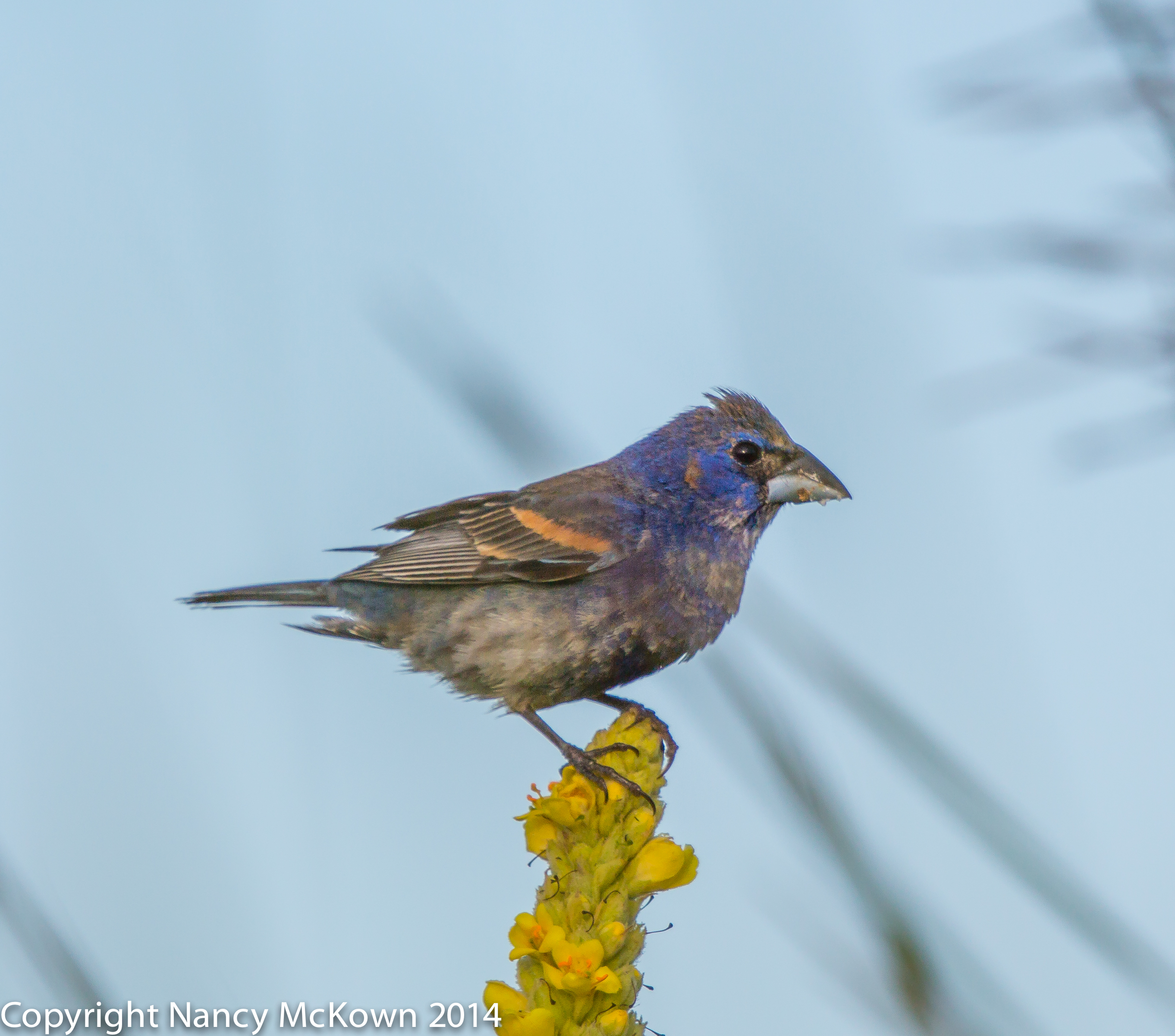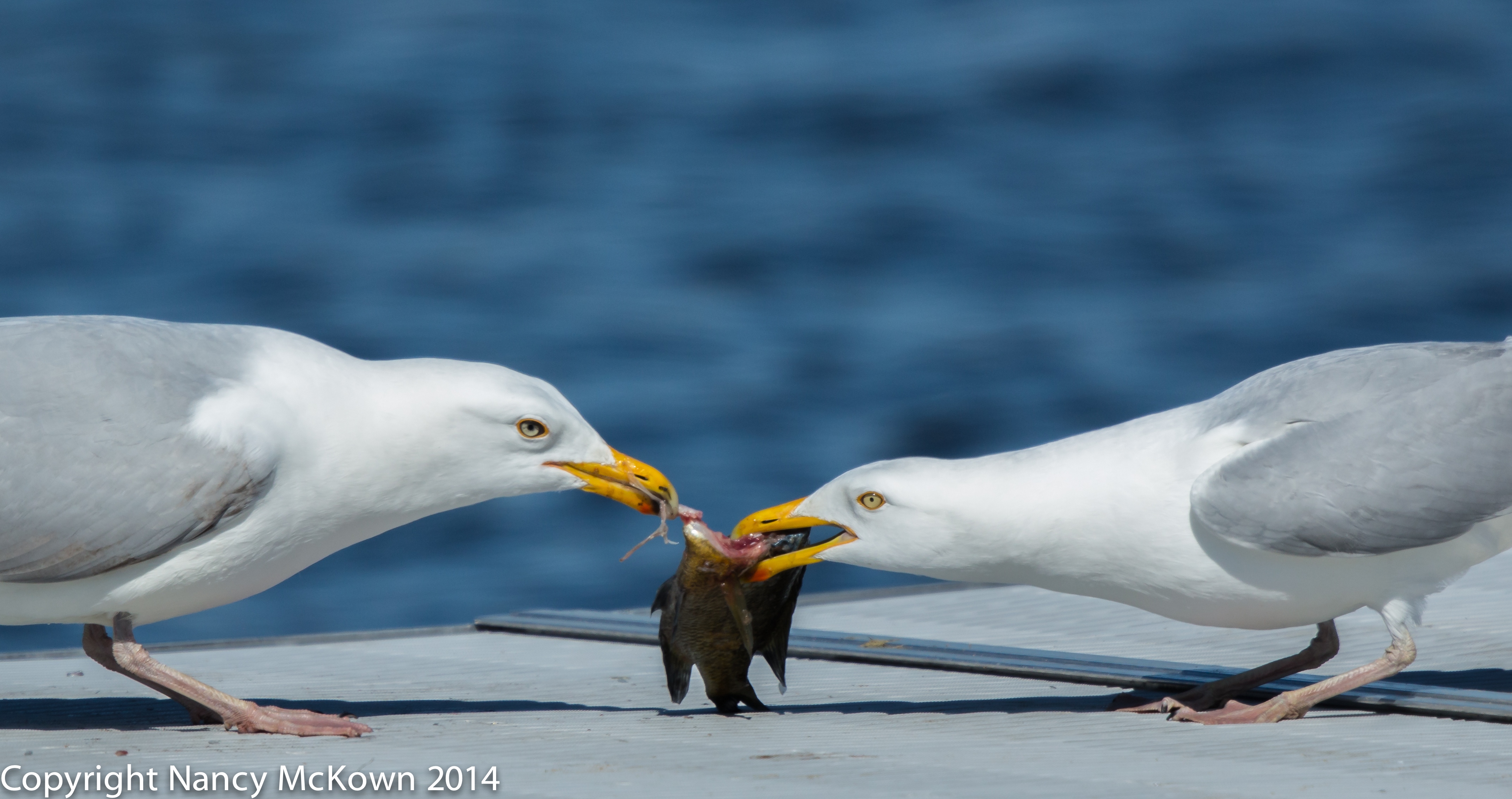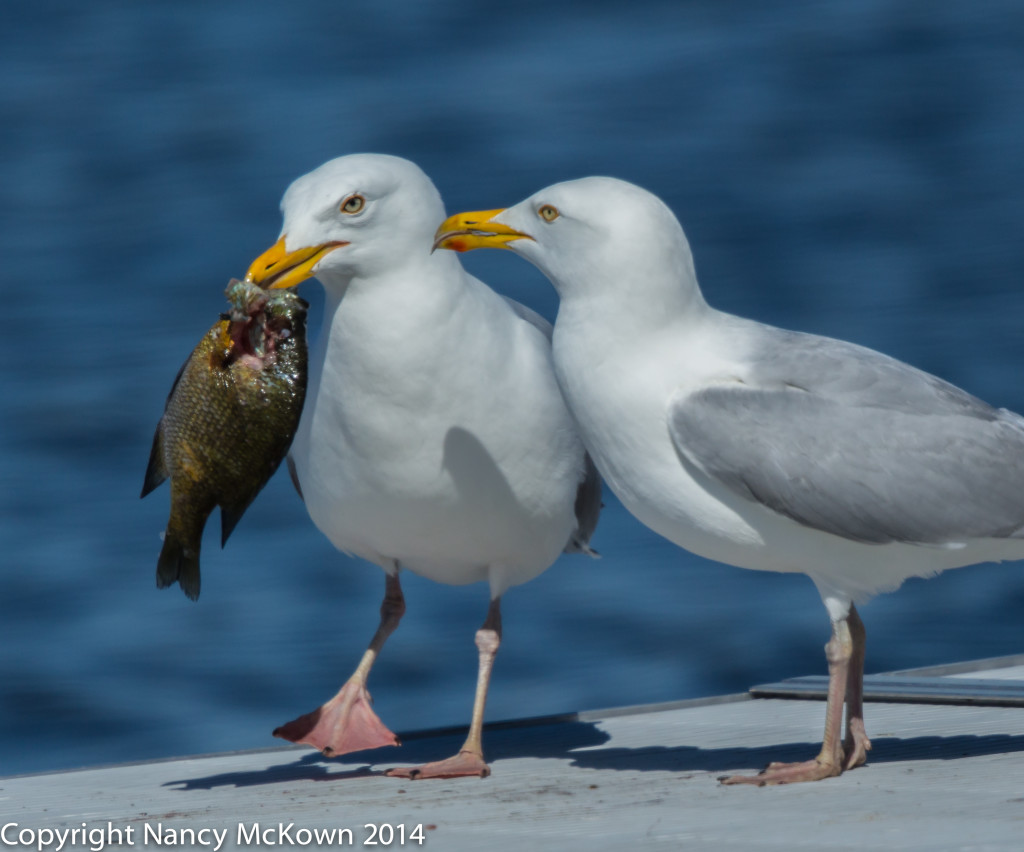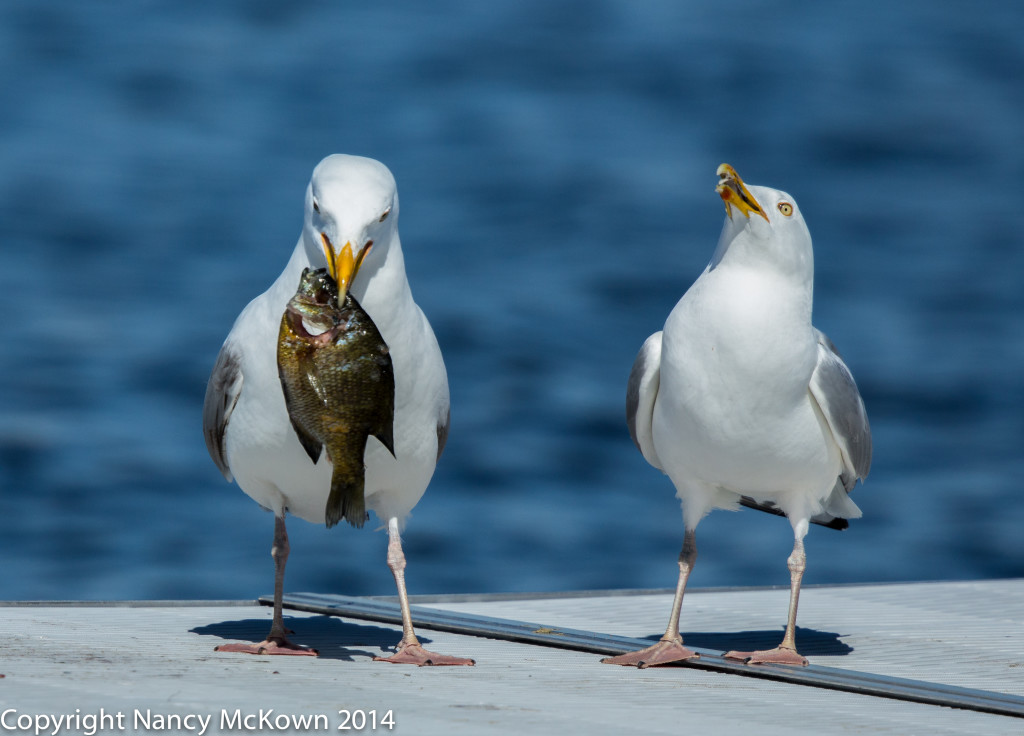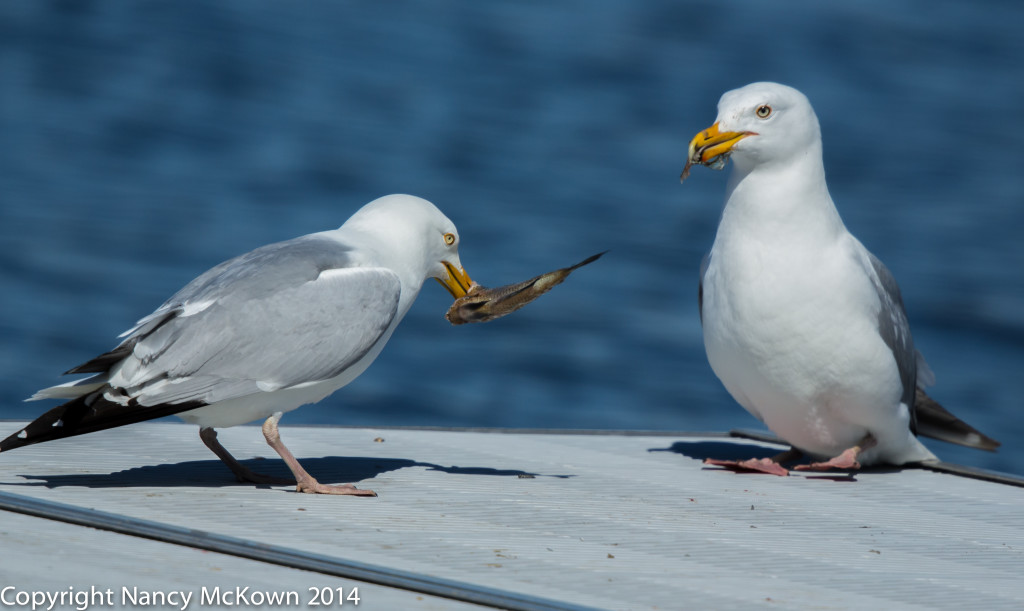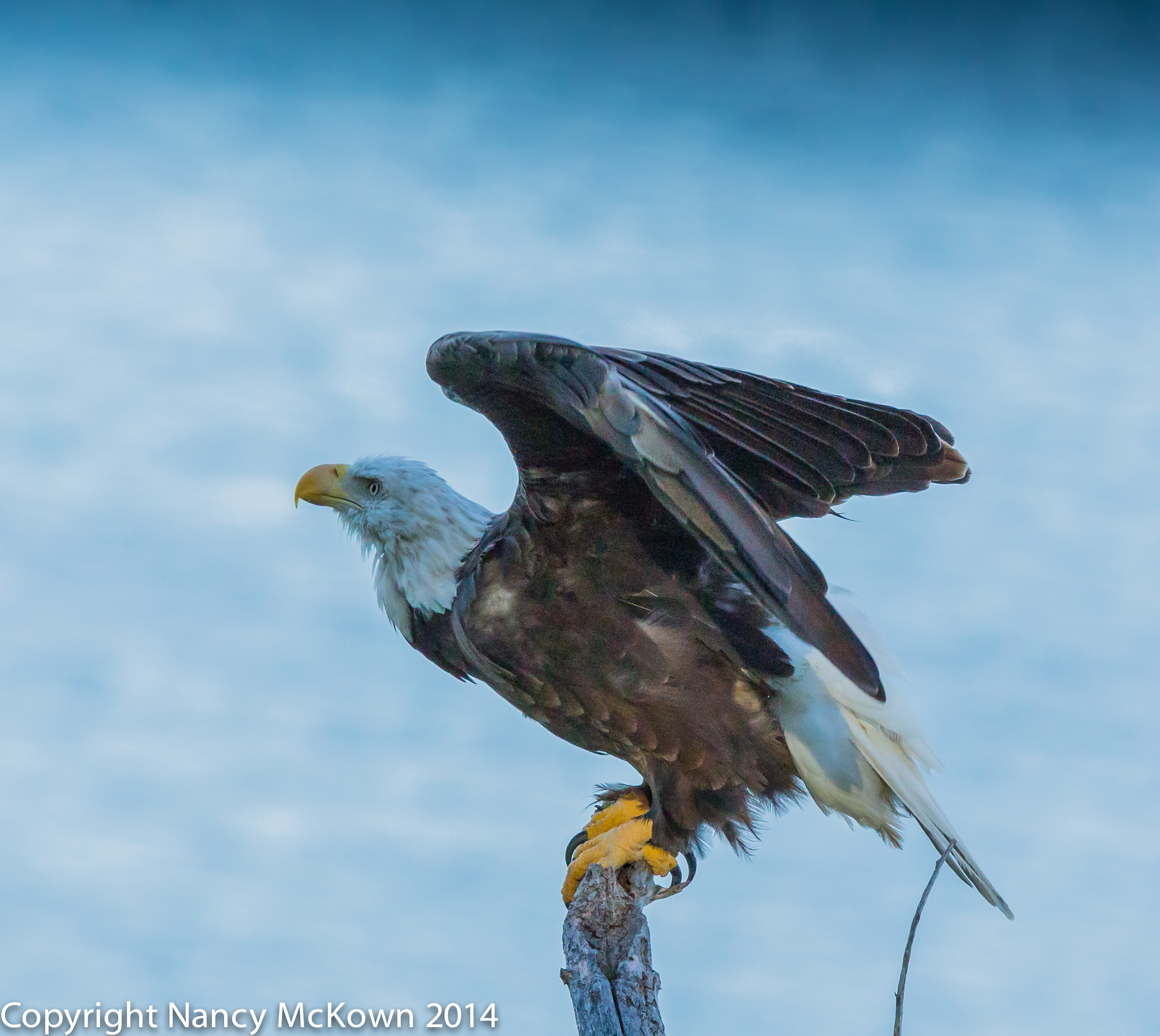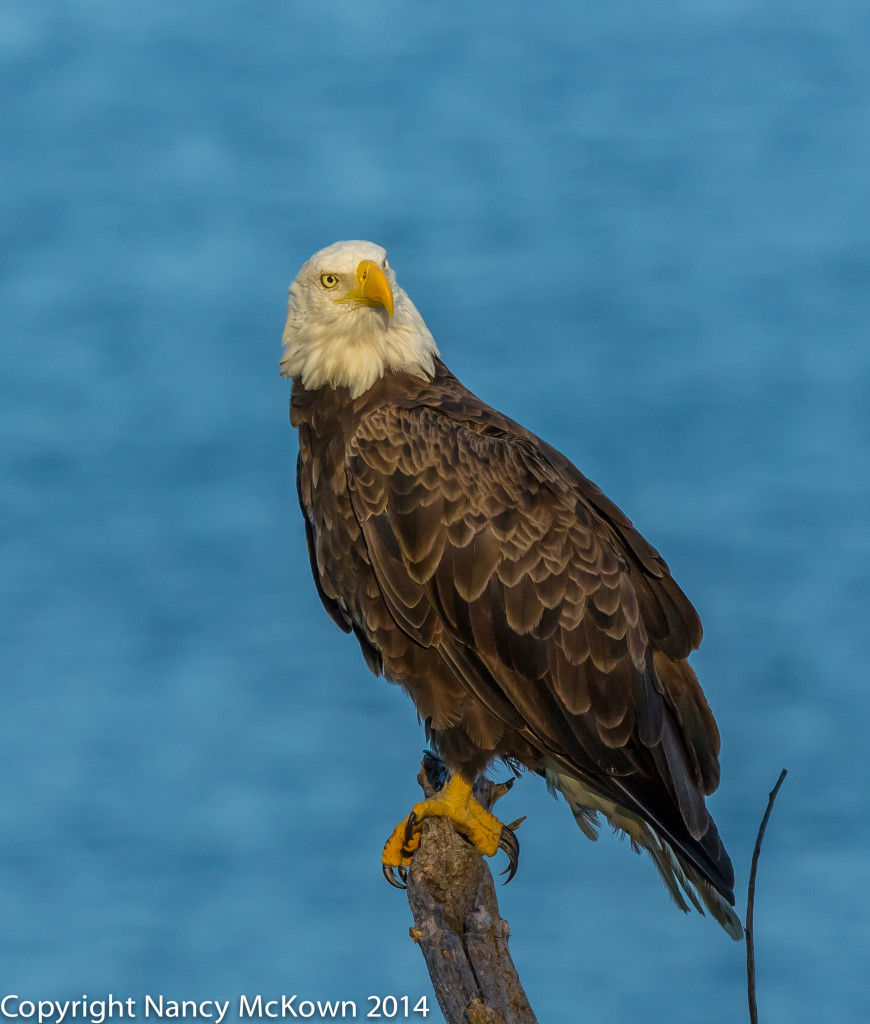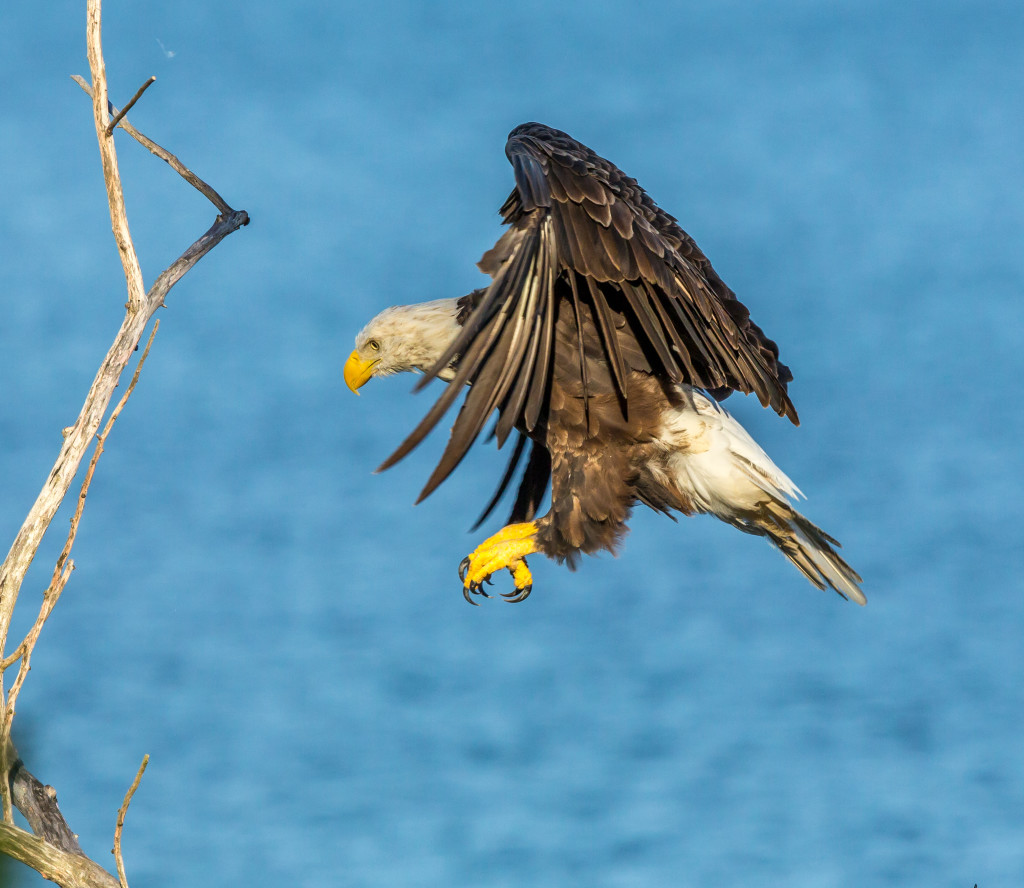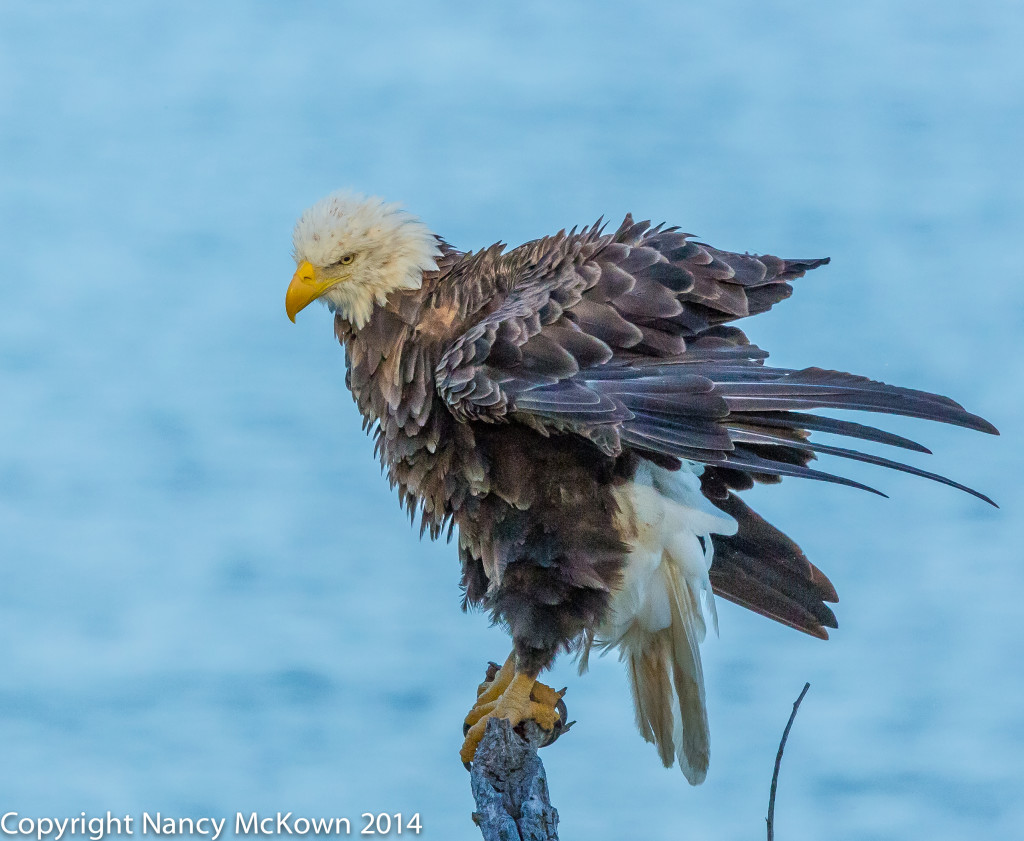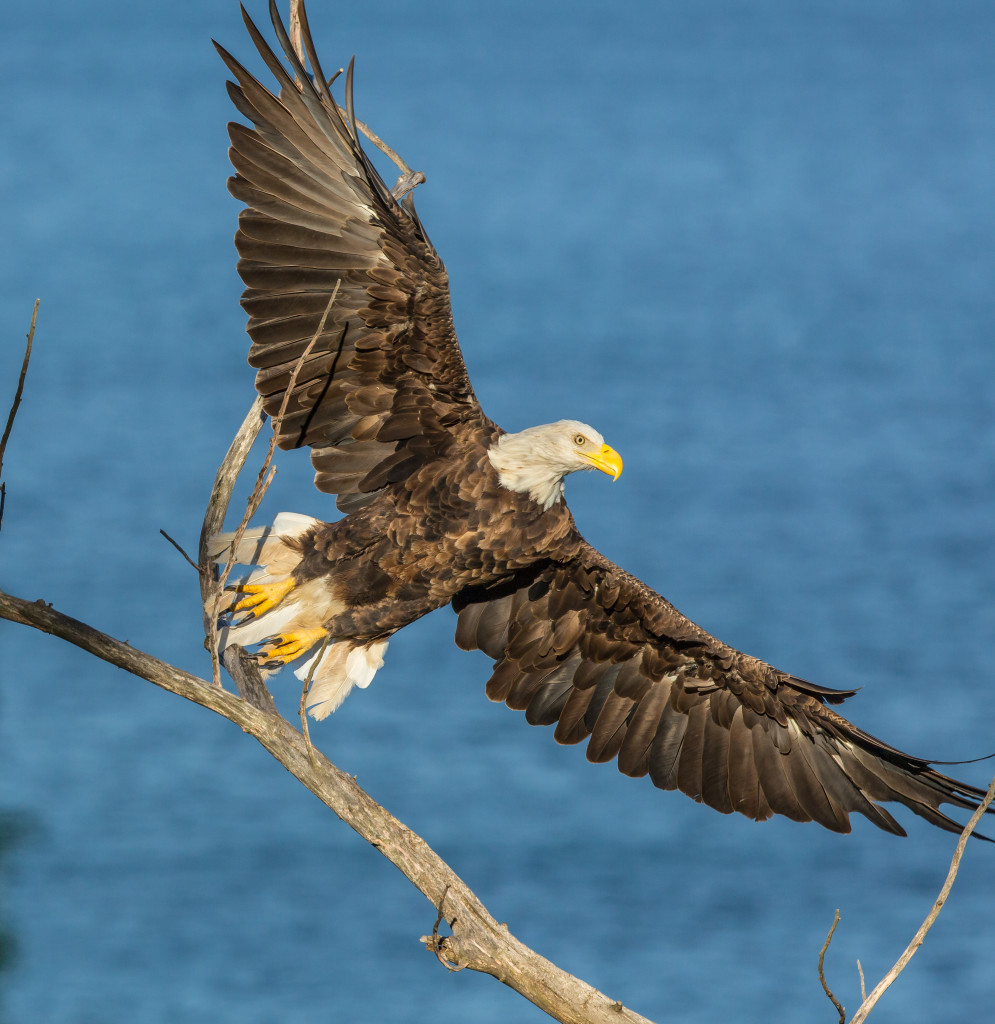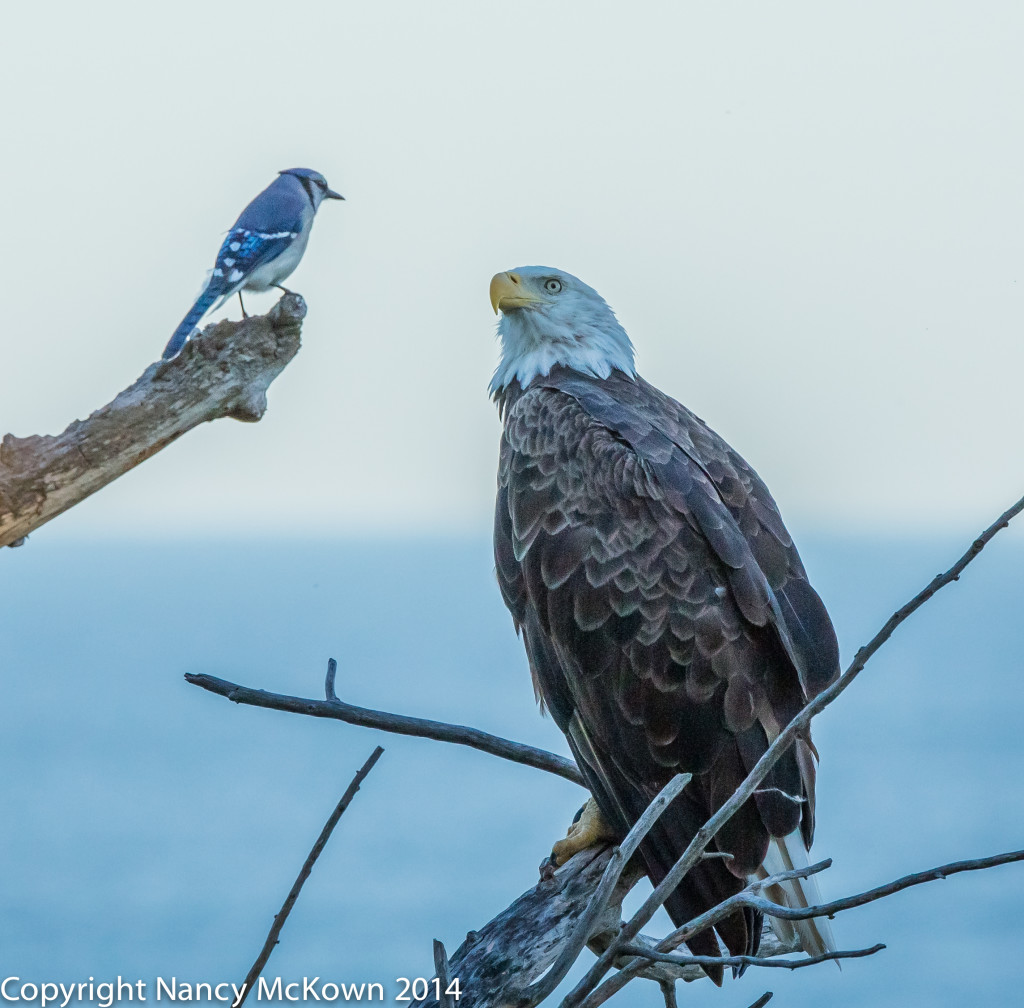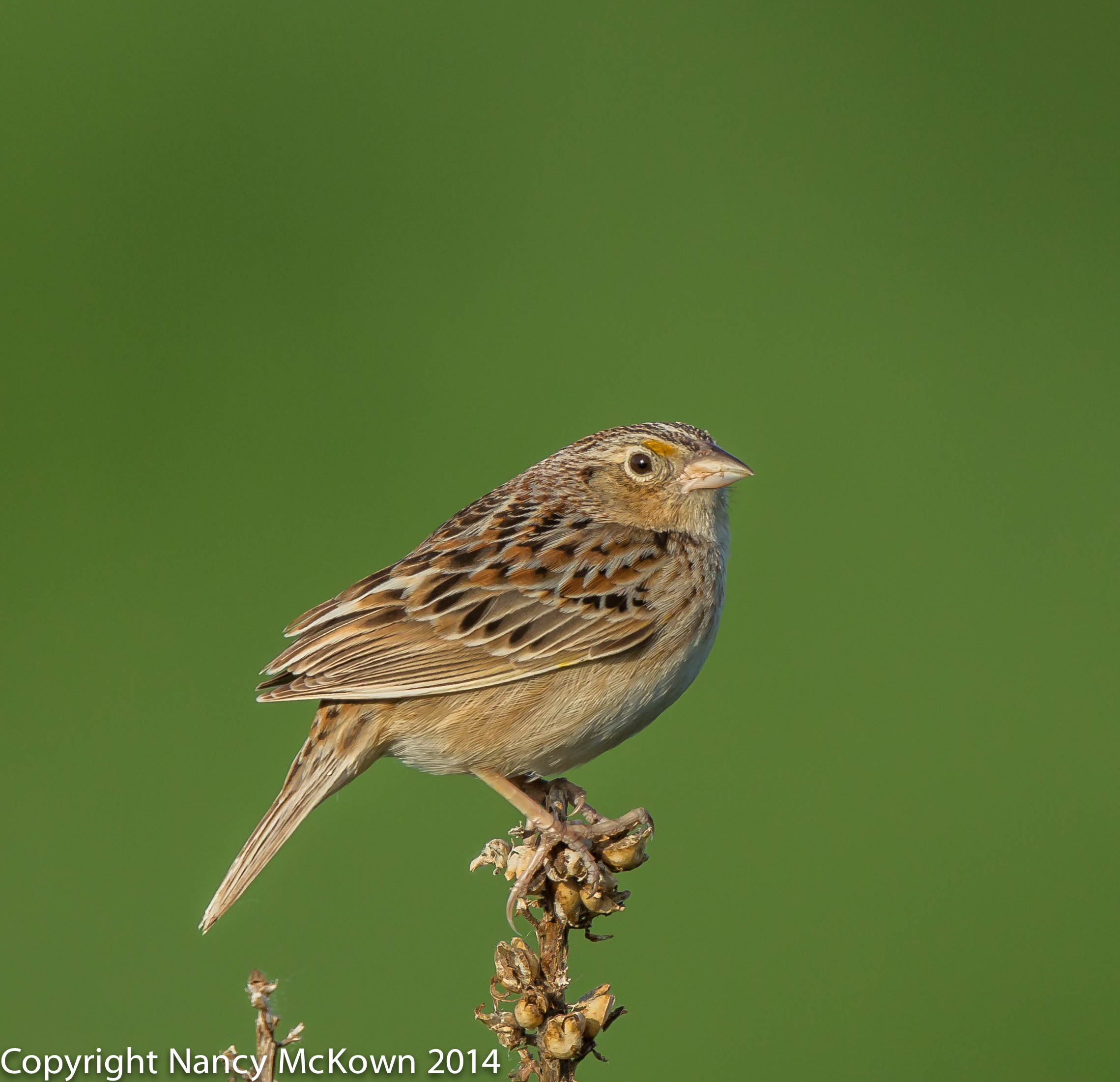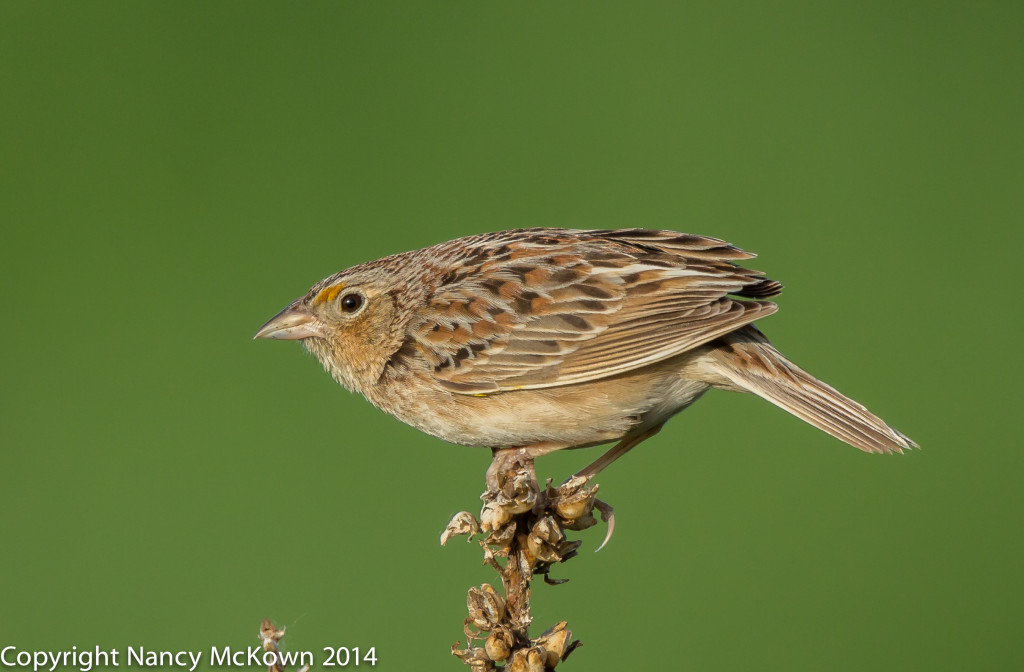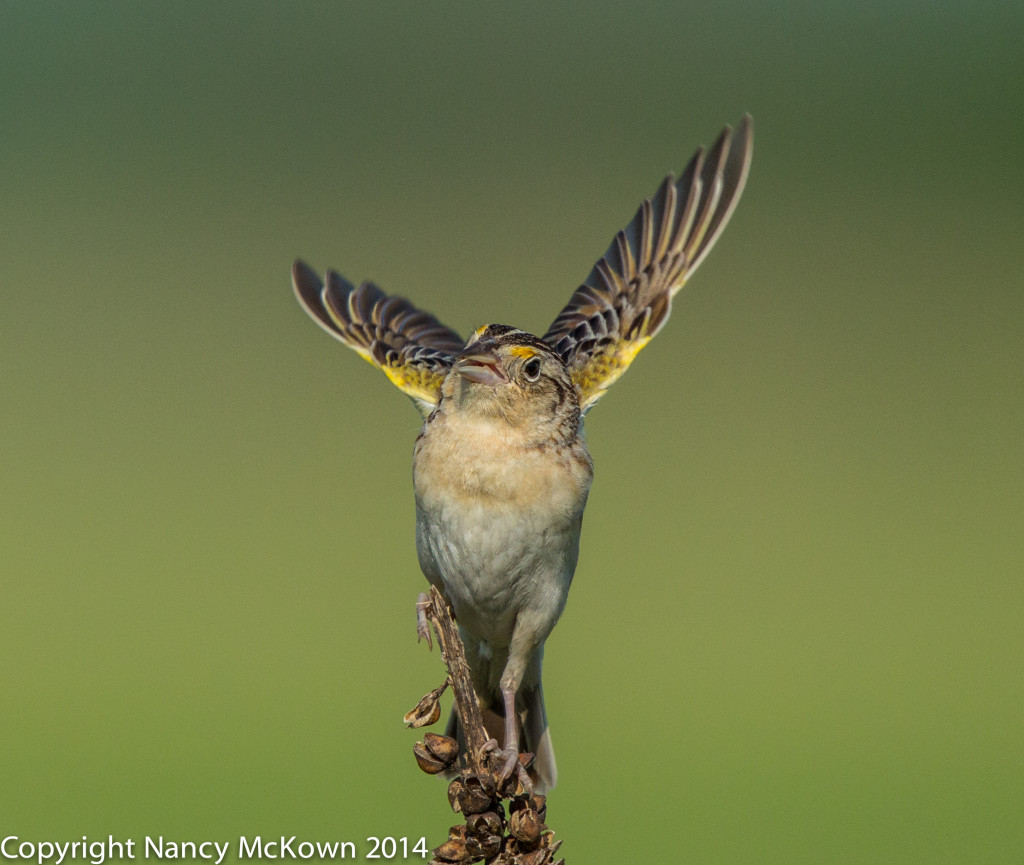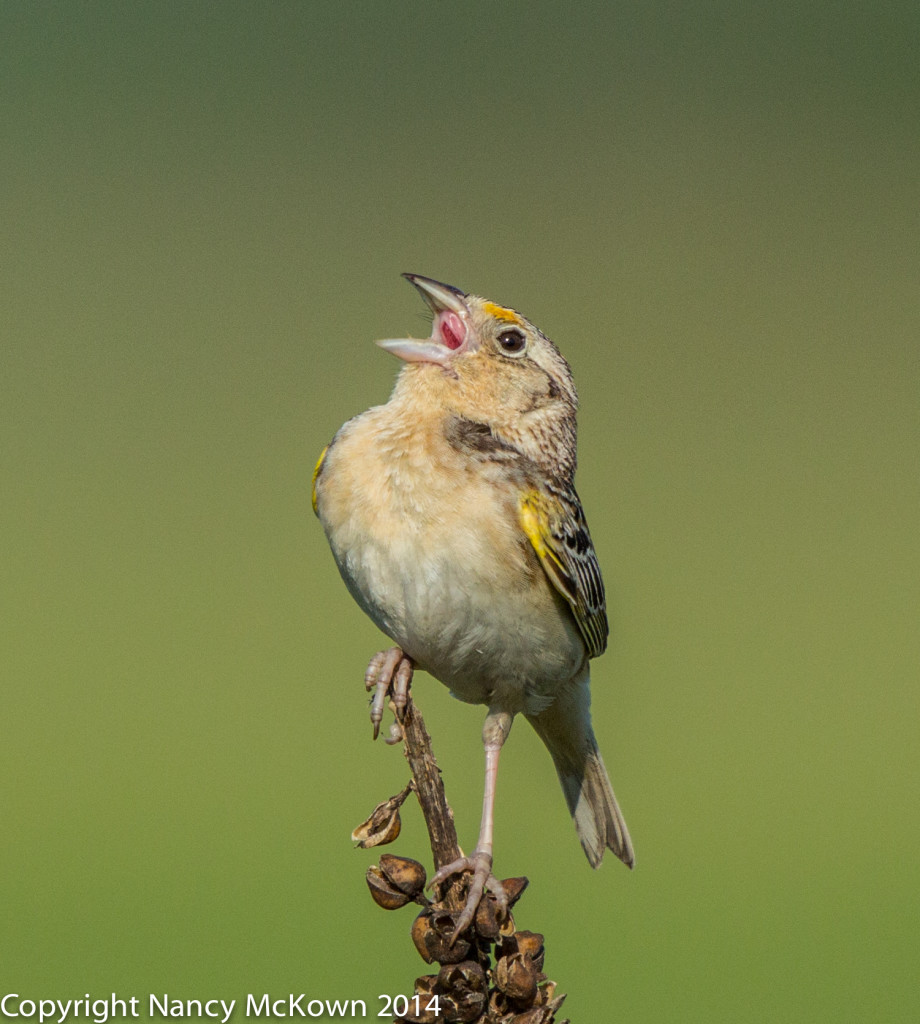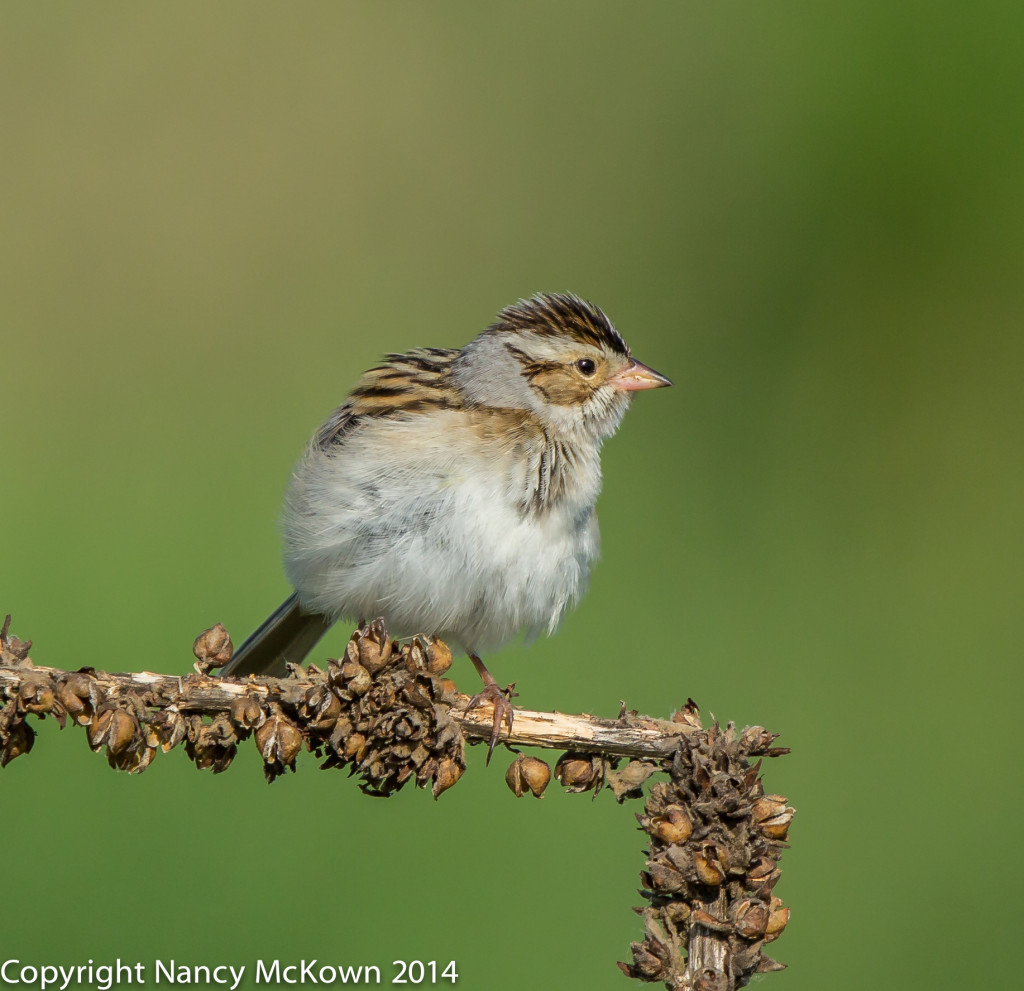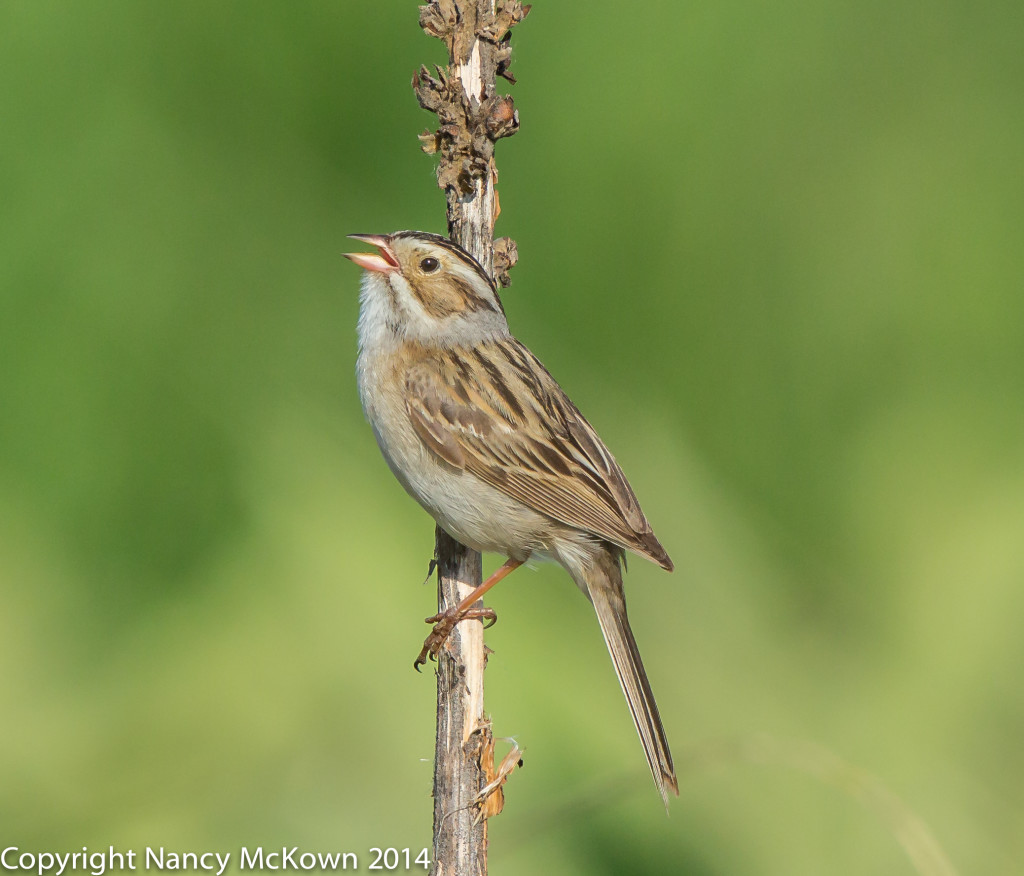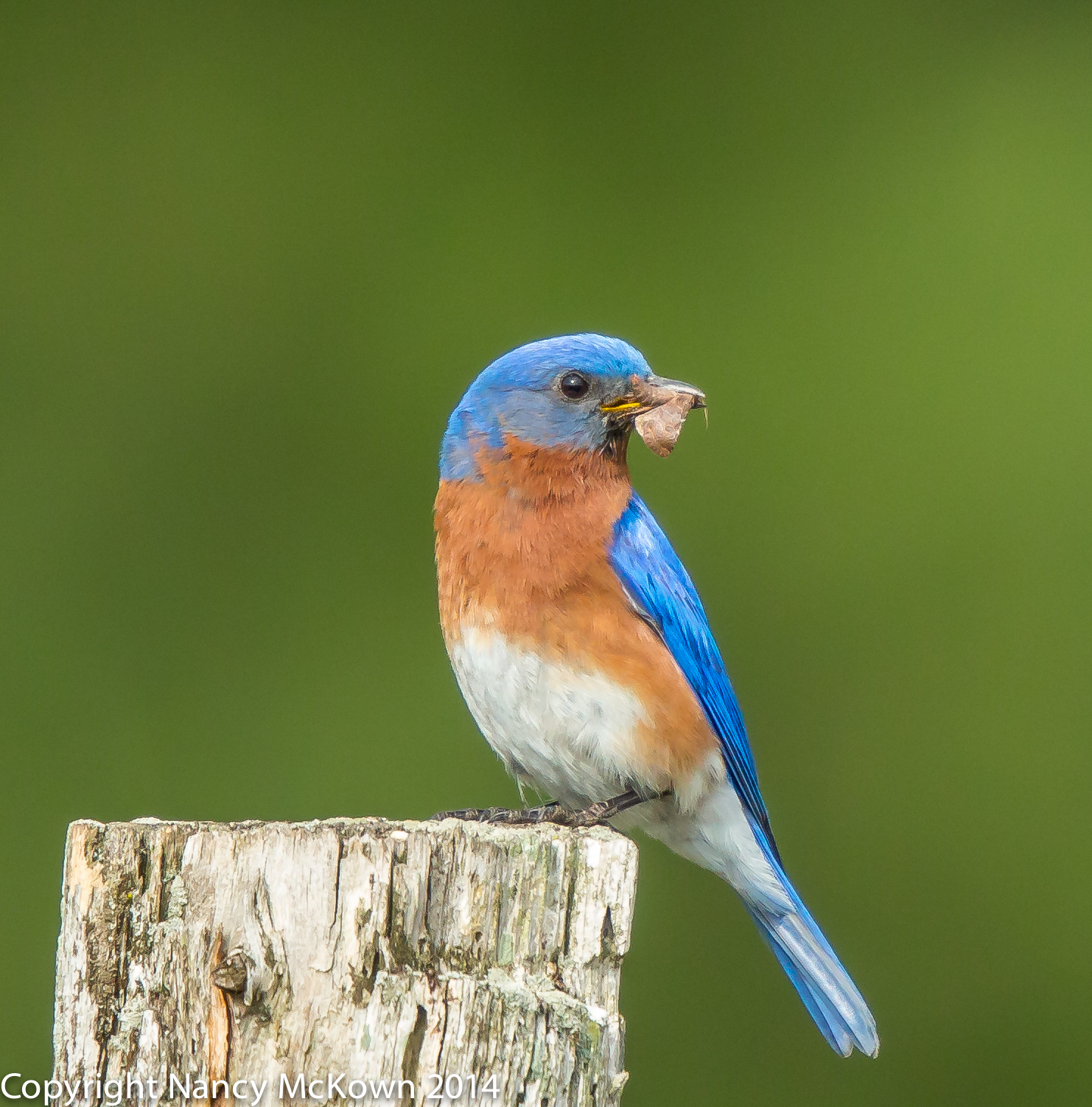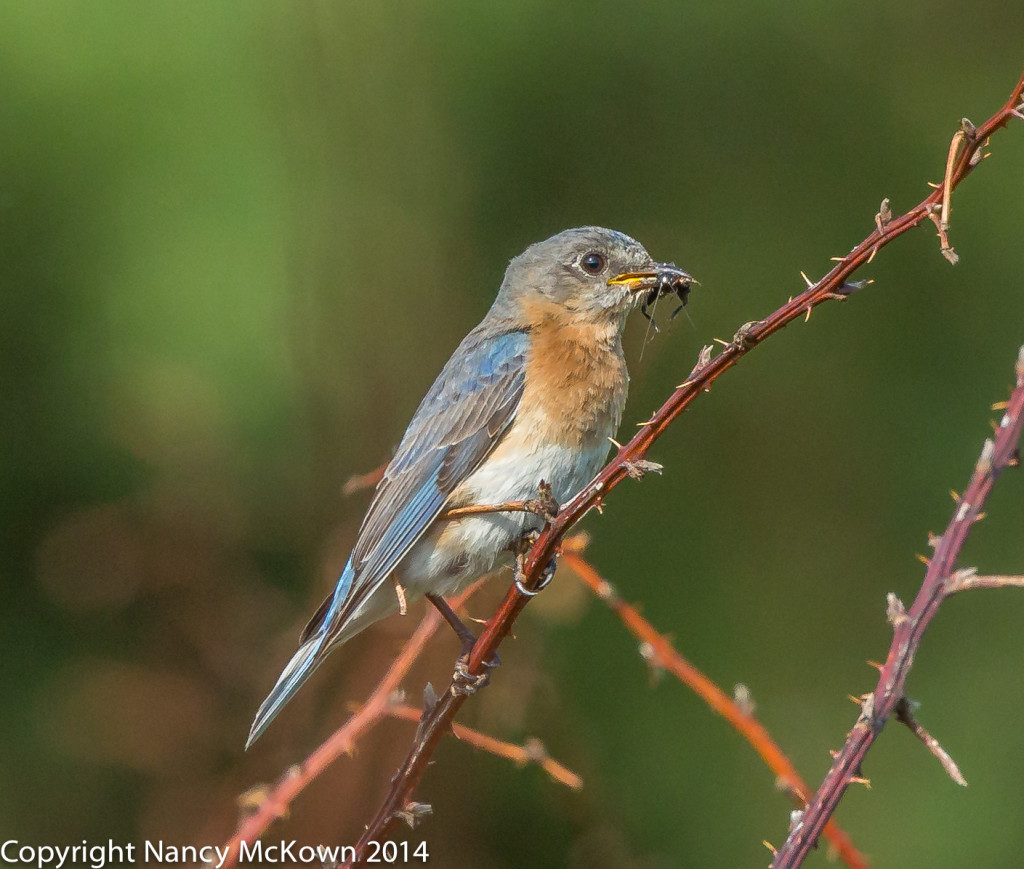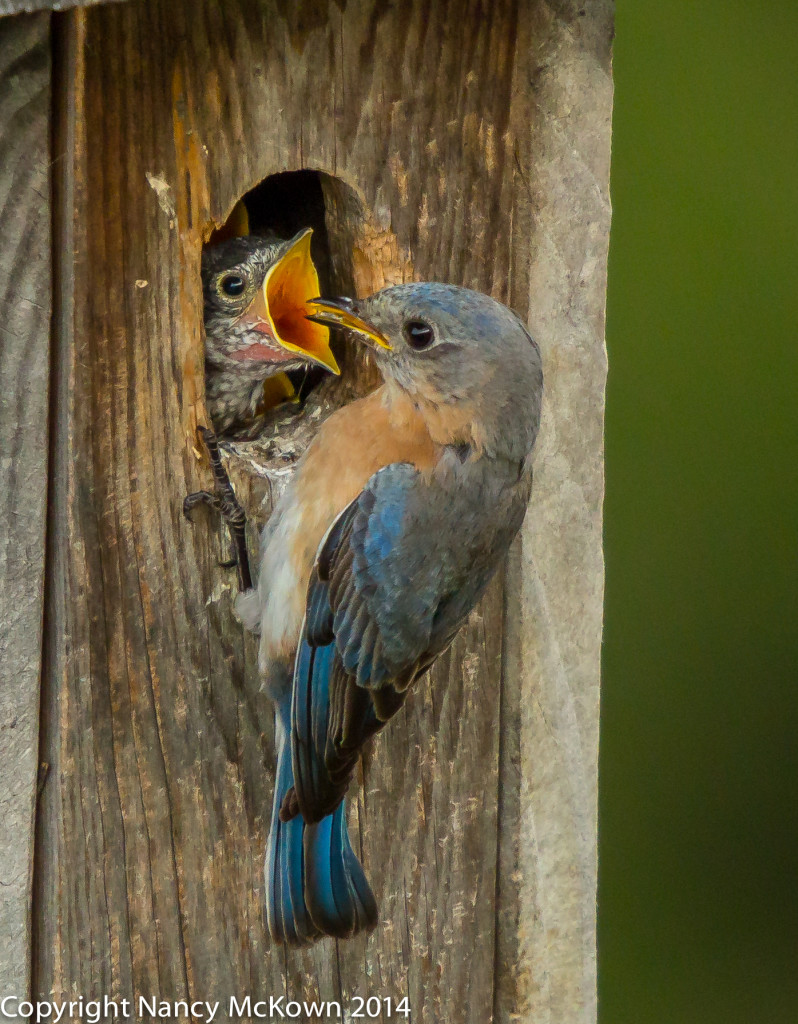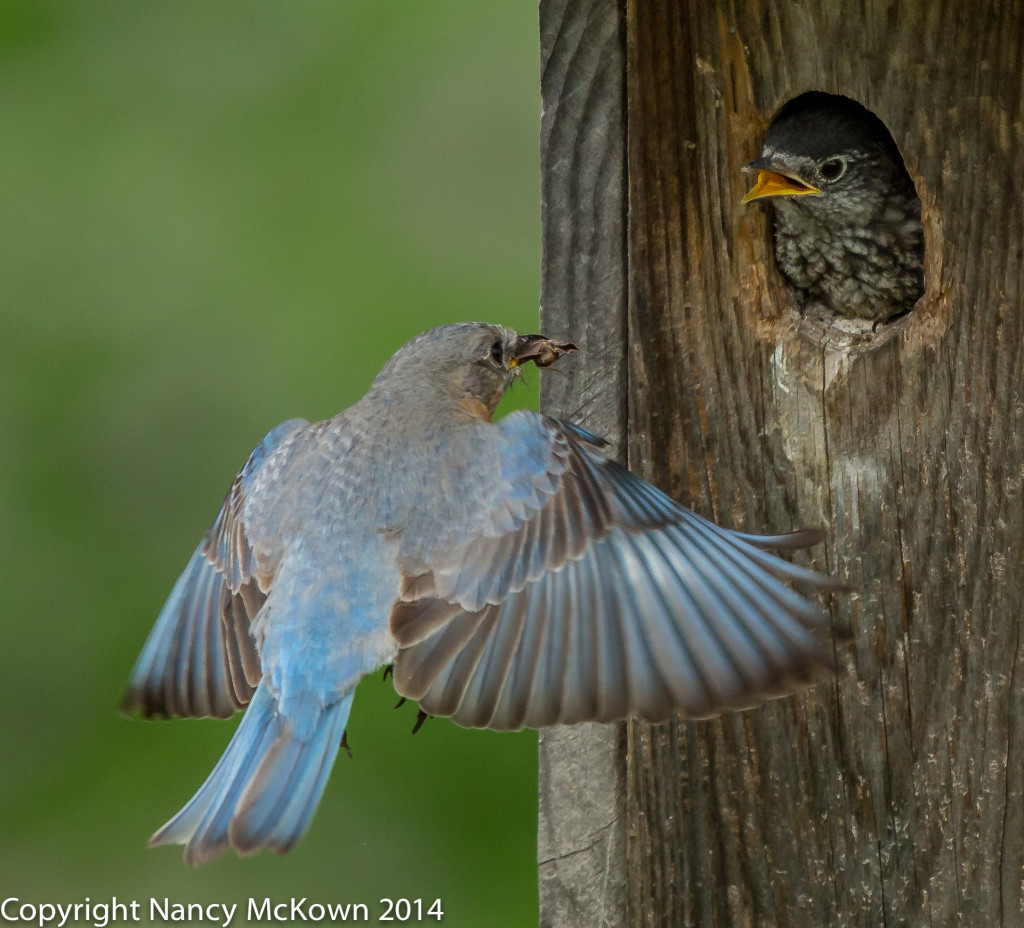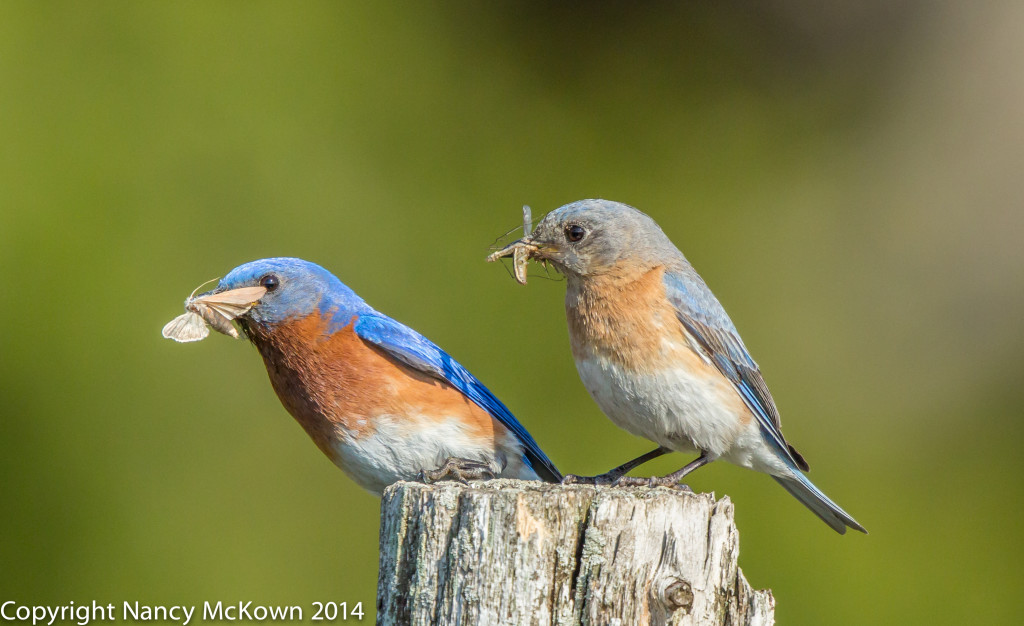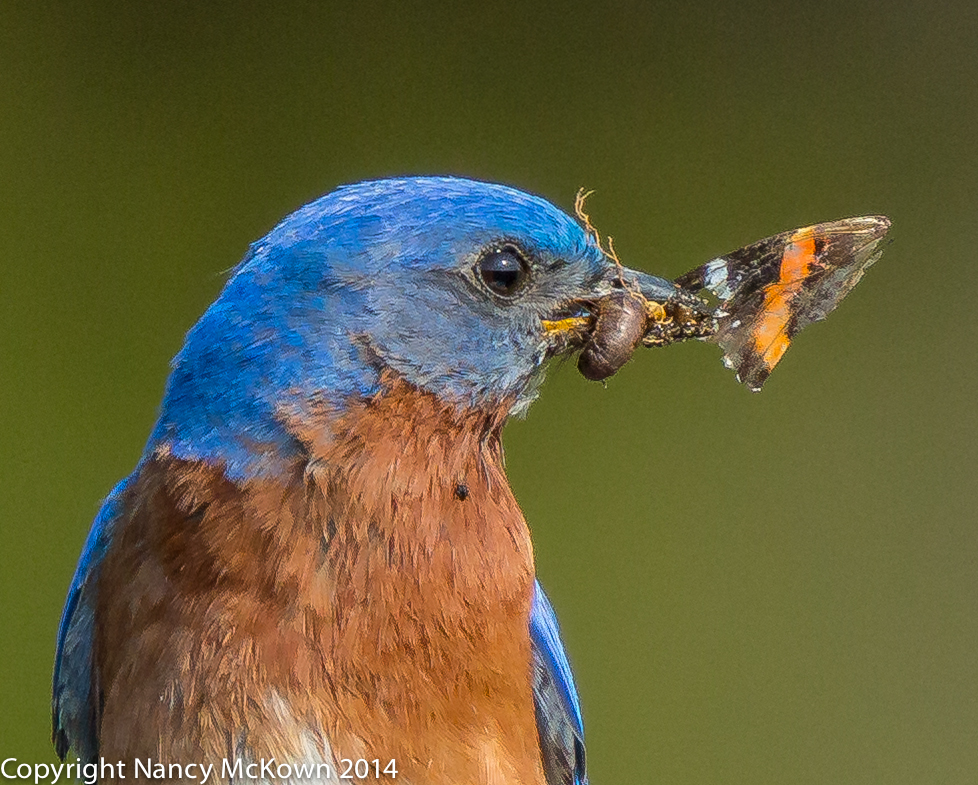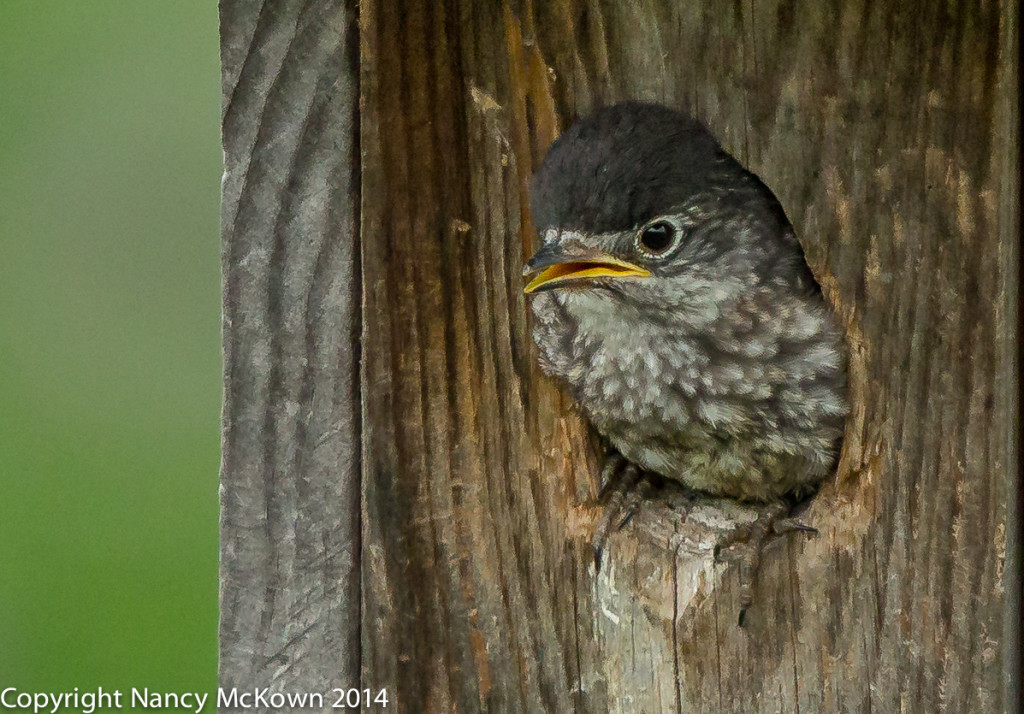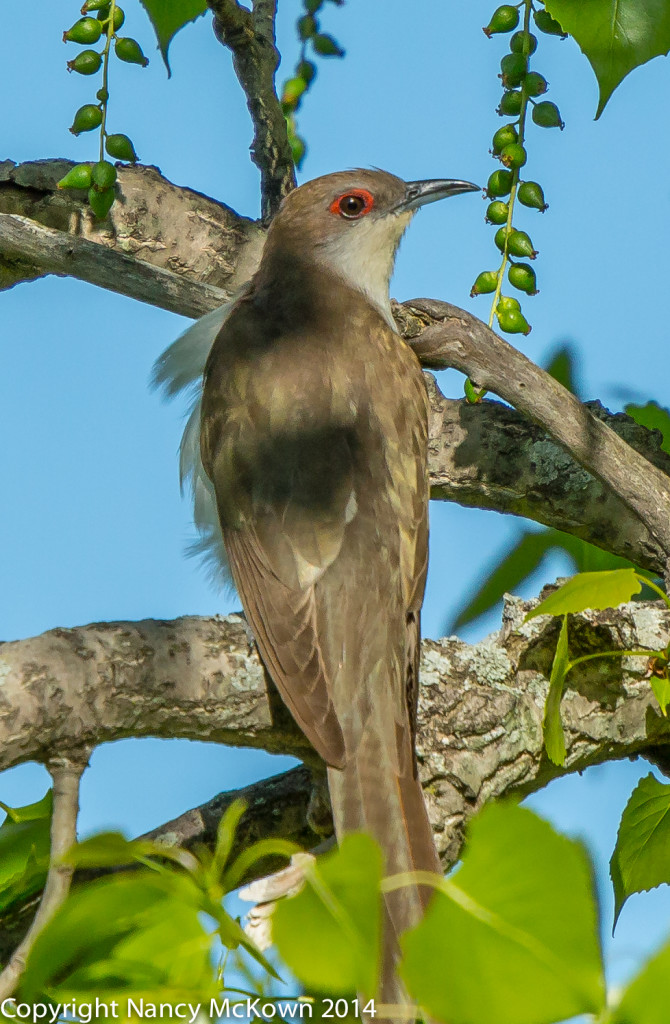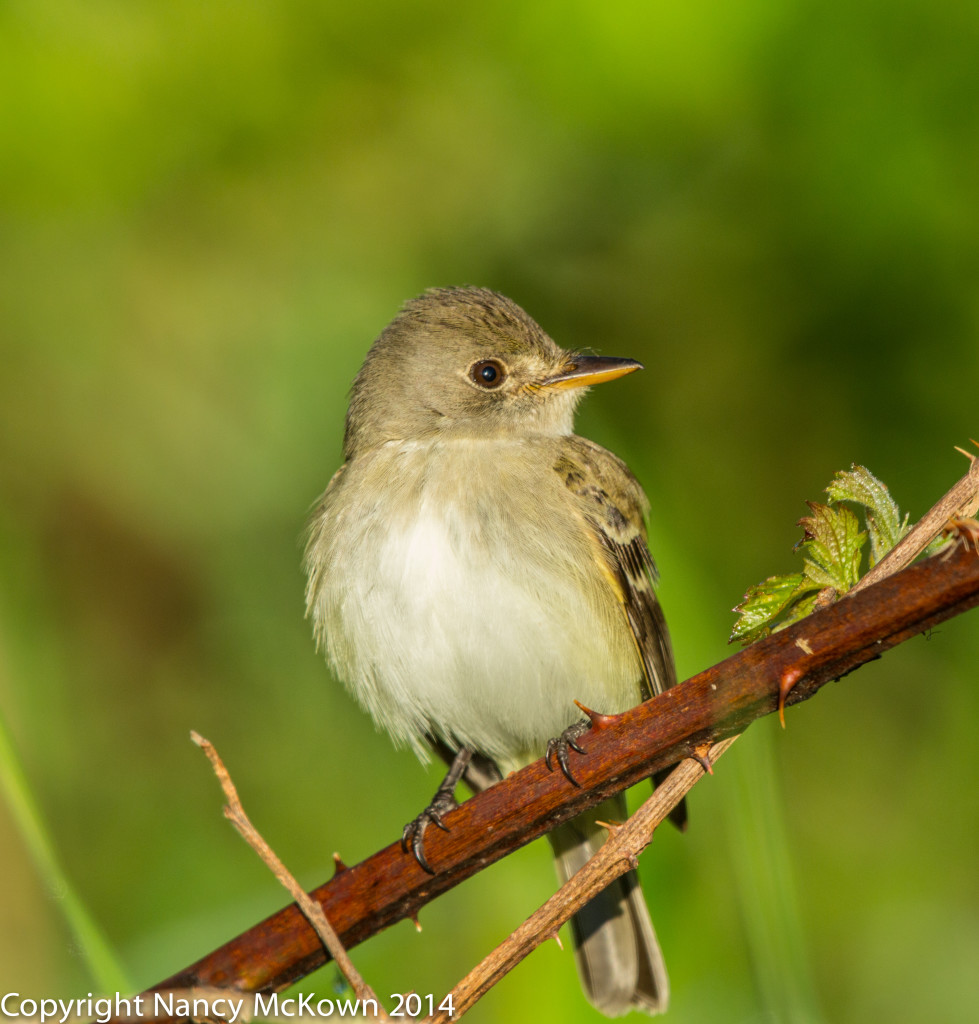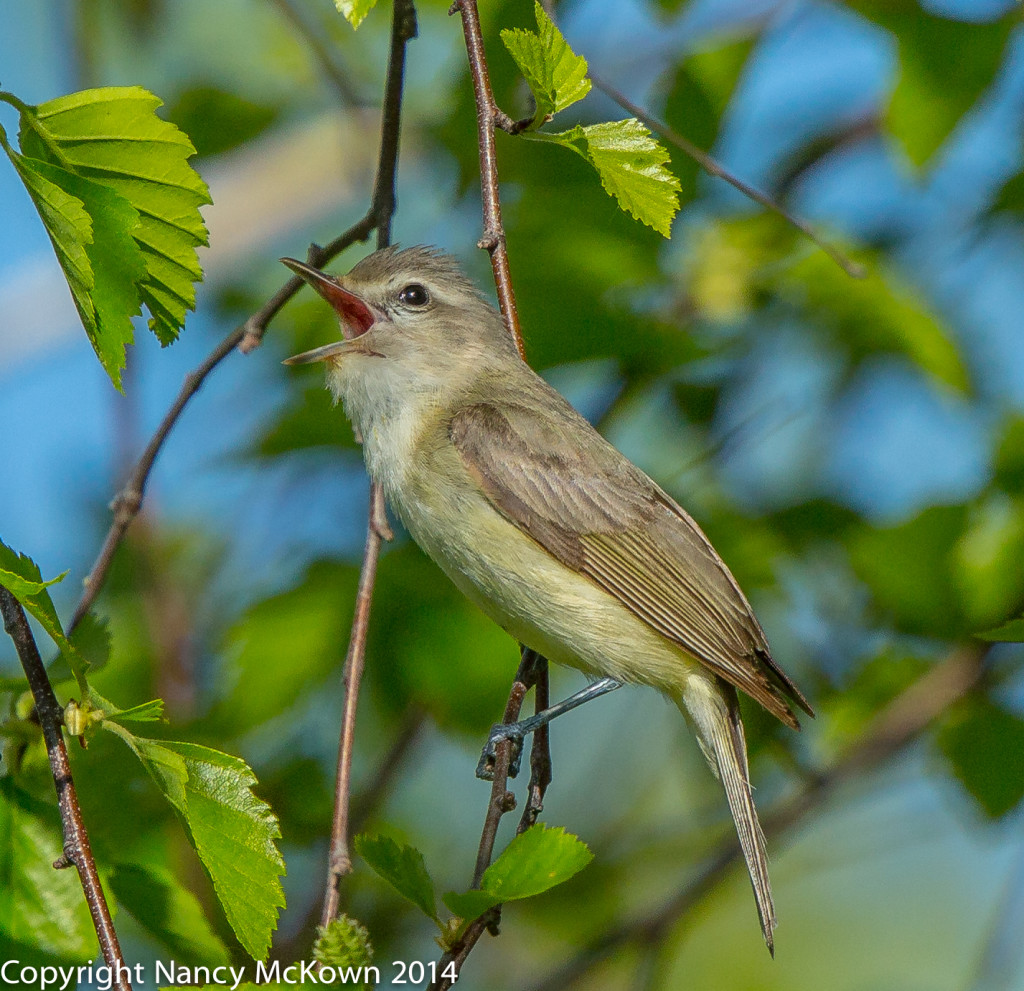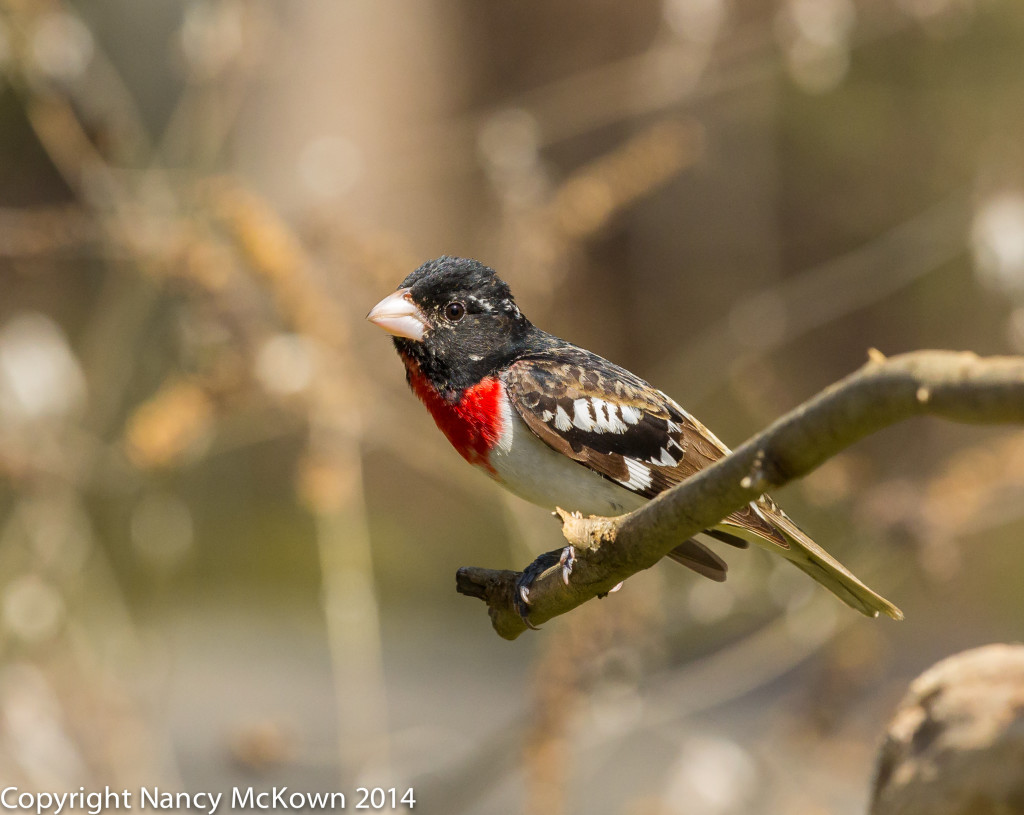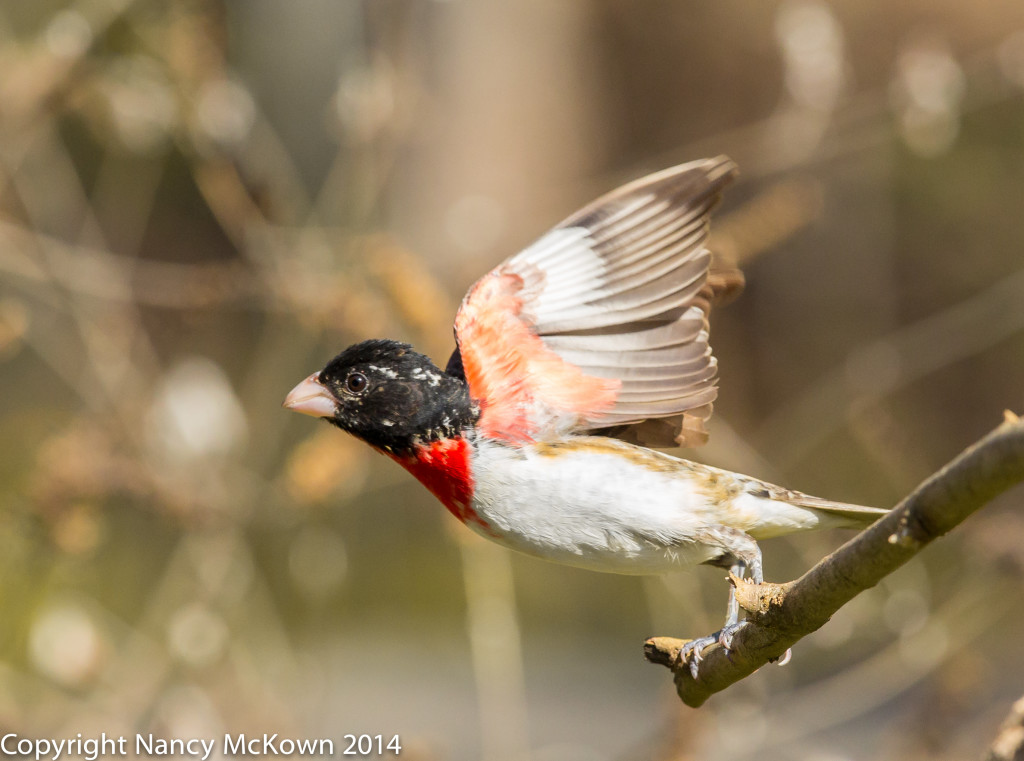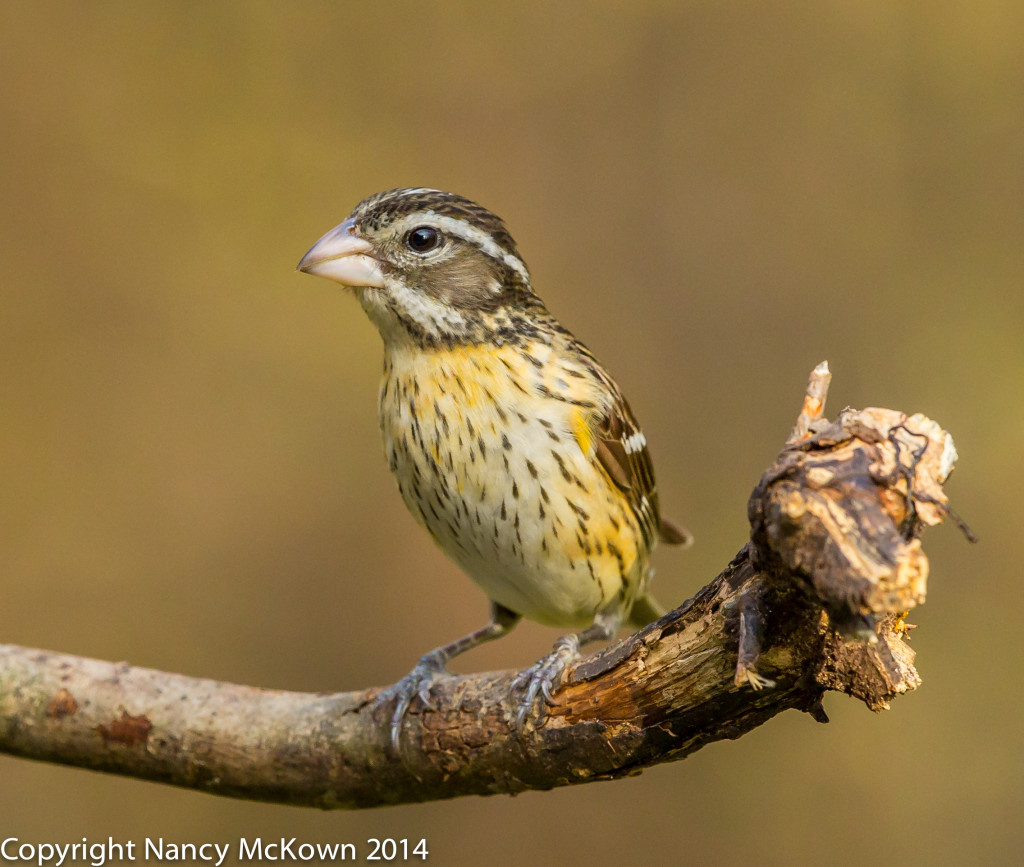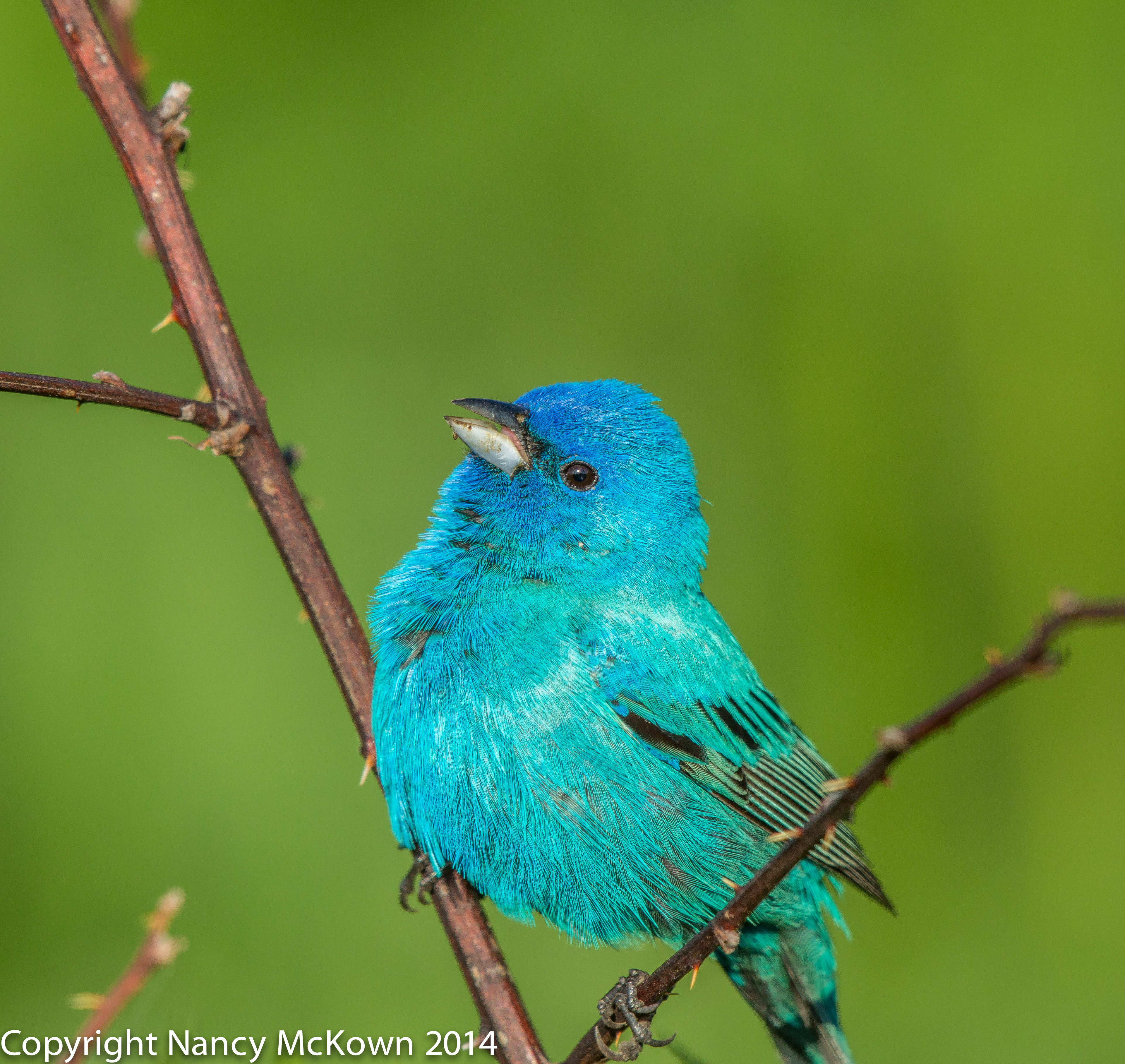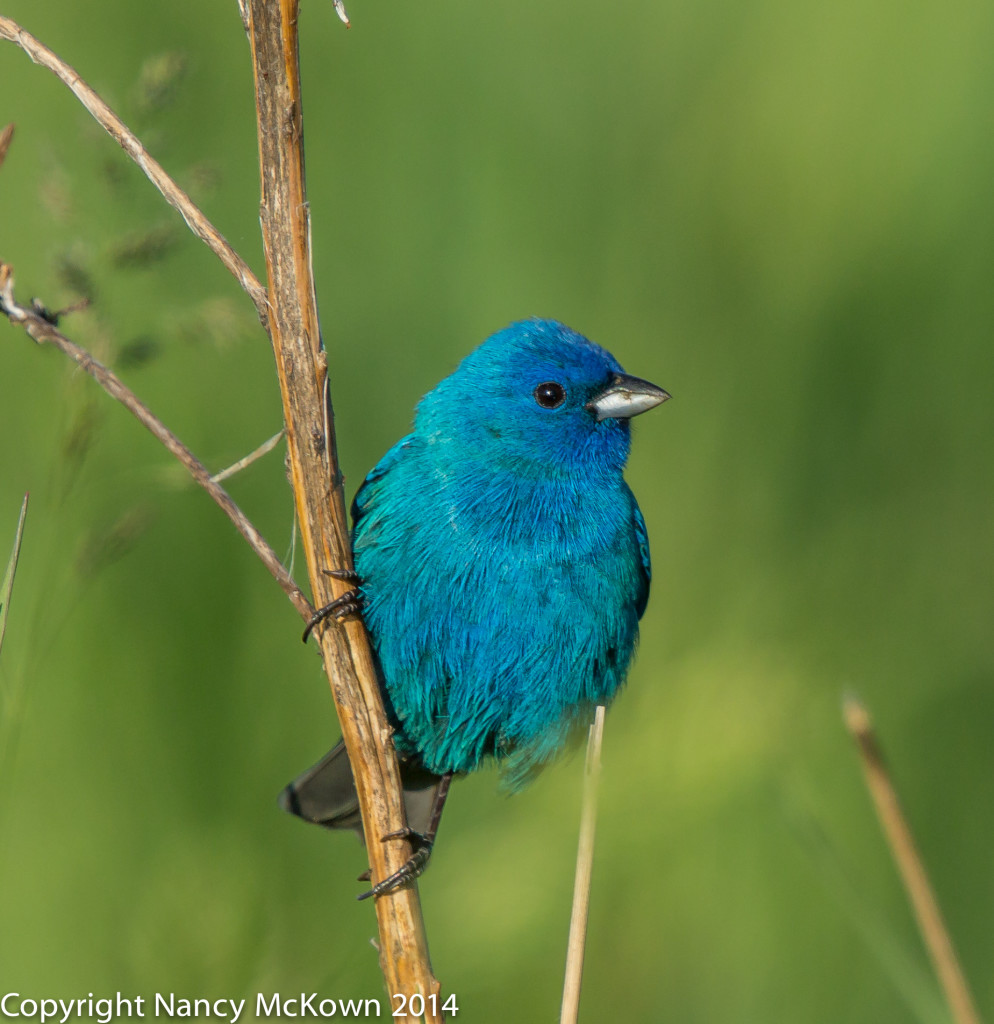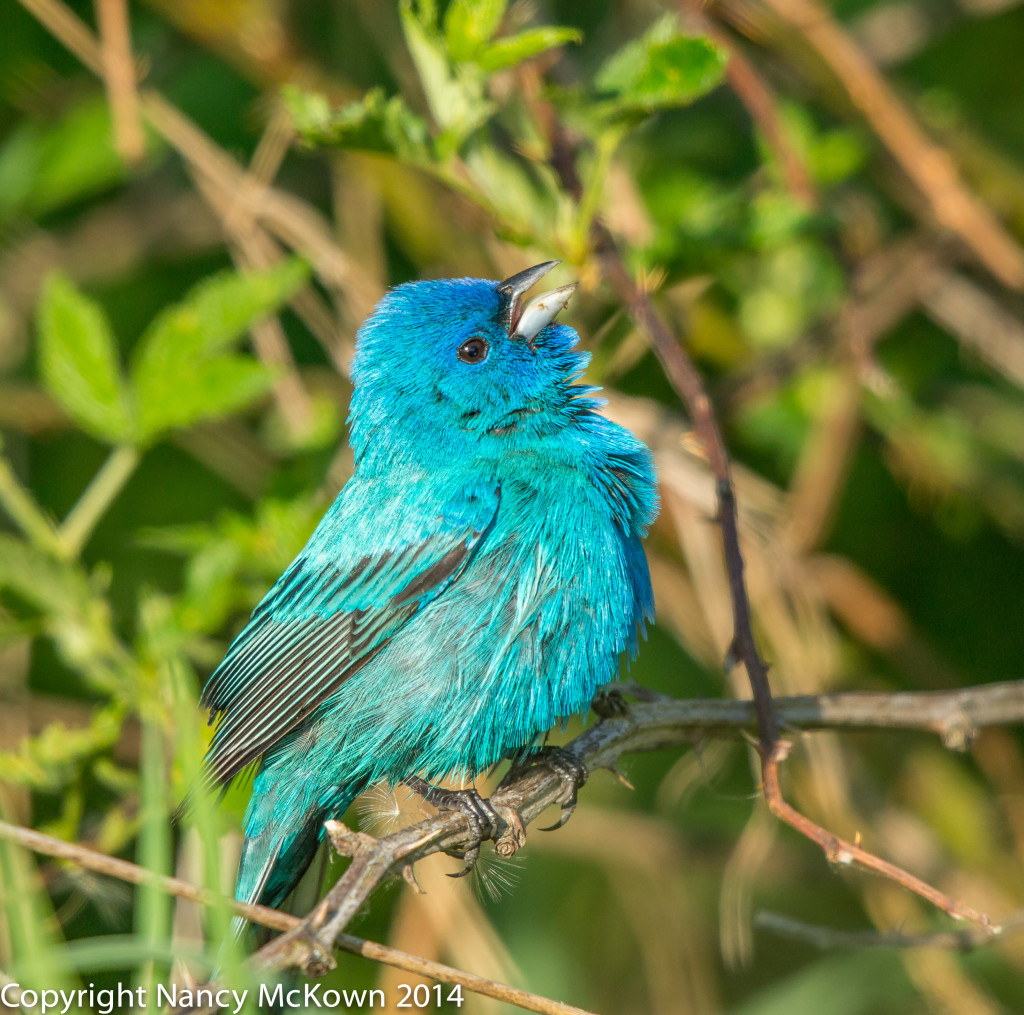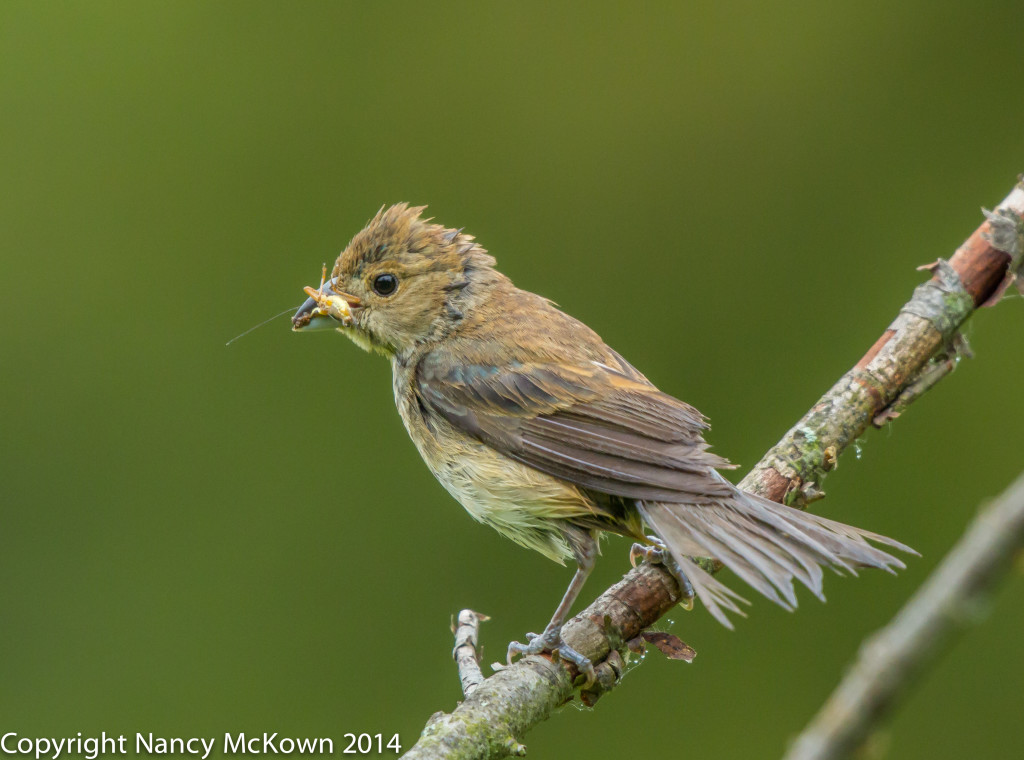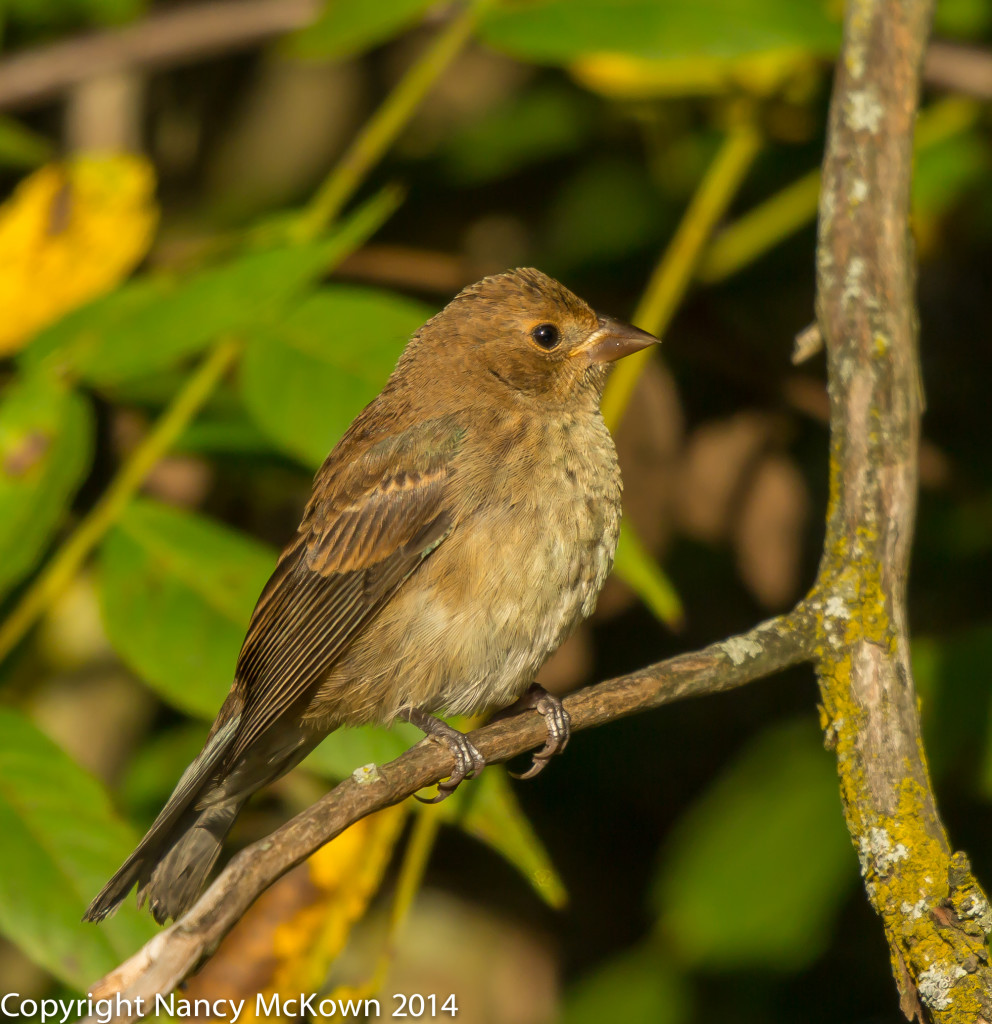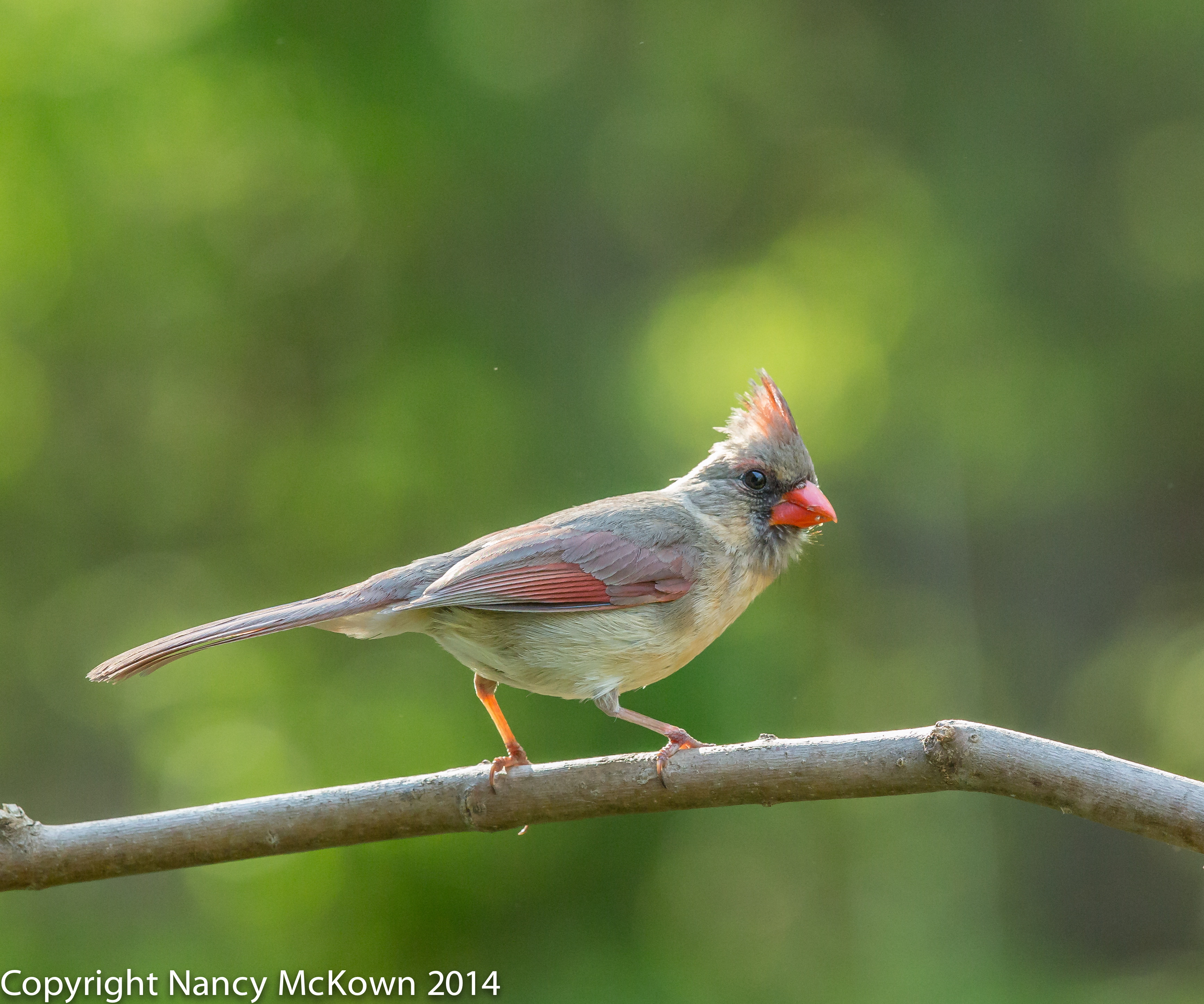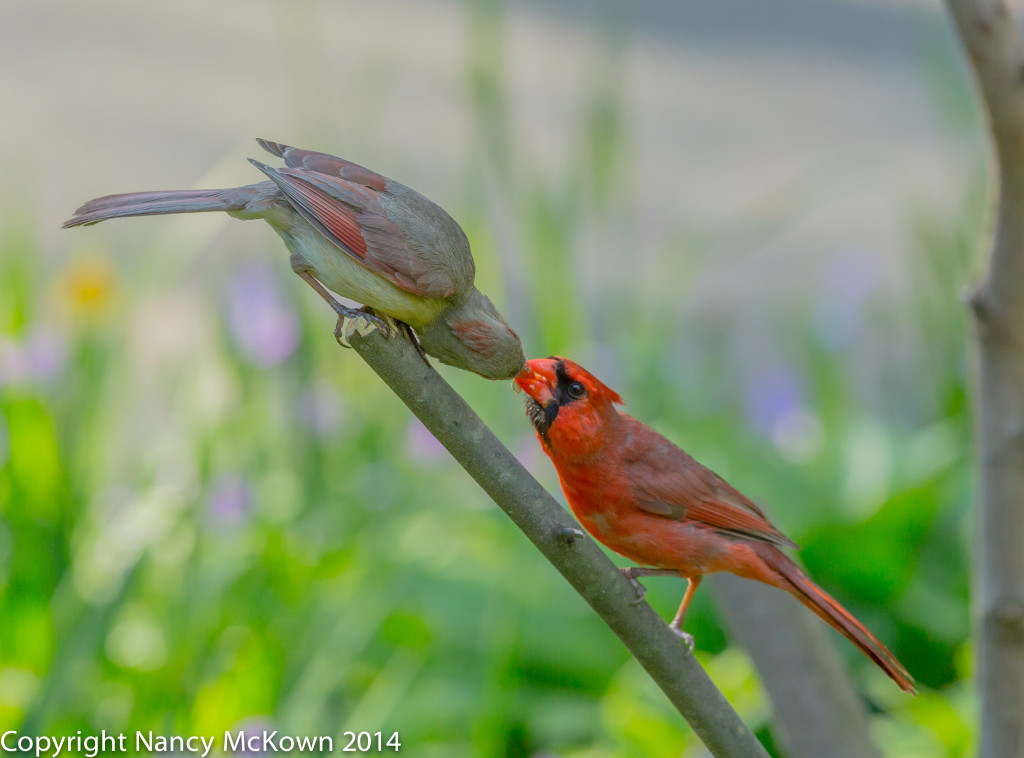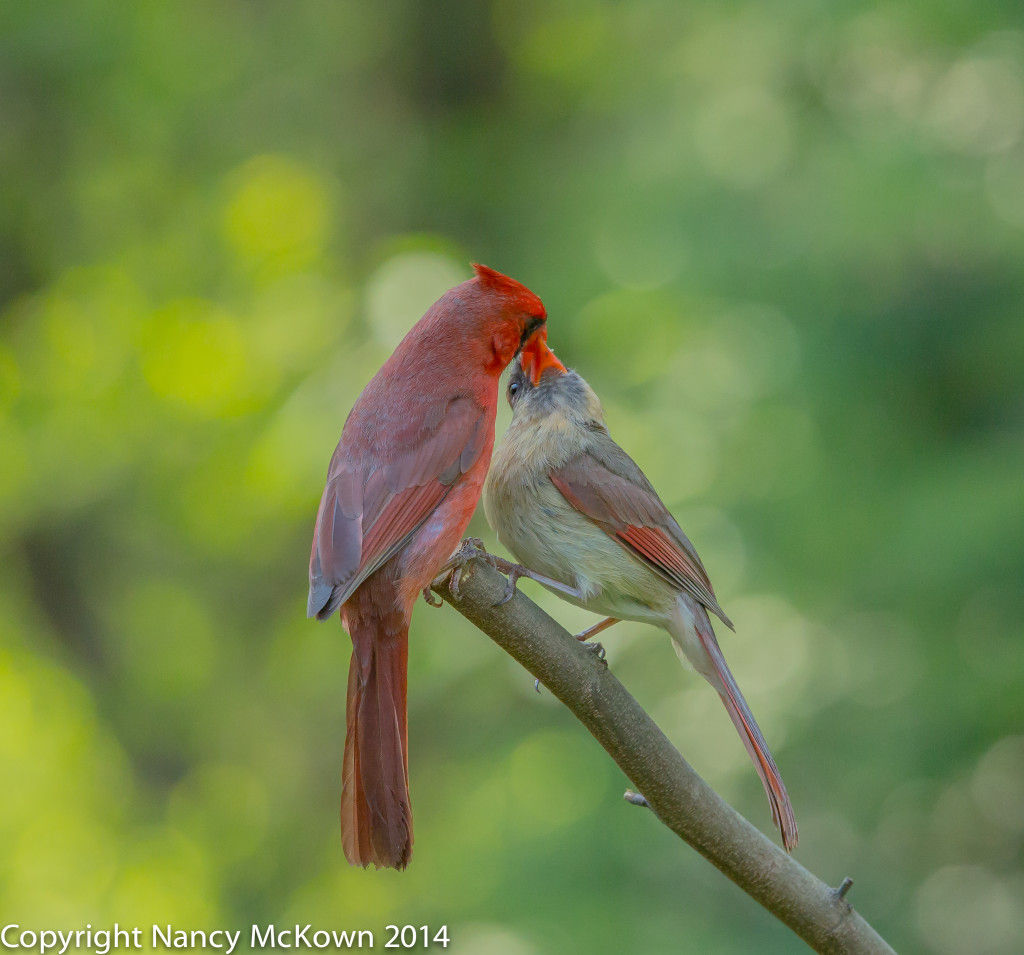Searching for the Blue Grosbeaks
It pays to persevere when you are looking for a bird that is usually not seen in SW Michigan, but you know is there. My friend John (a most excellent nature photographer) and I spent more than a few early mornings in our separate vehicles canvasing the road where a pair of blue grosbeaks was spotted. Other anxious birders were out on this road as well, binoculars and cameras at the ready, watching and listening; hoping for a glance of this rare bird.
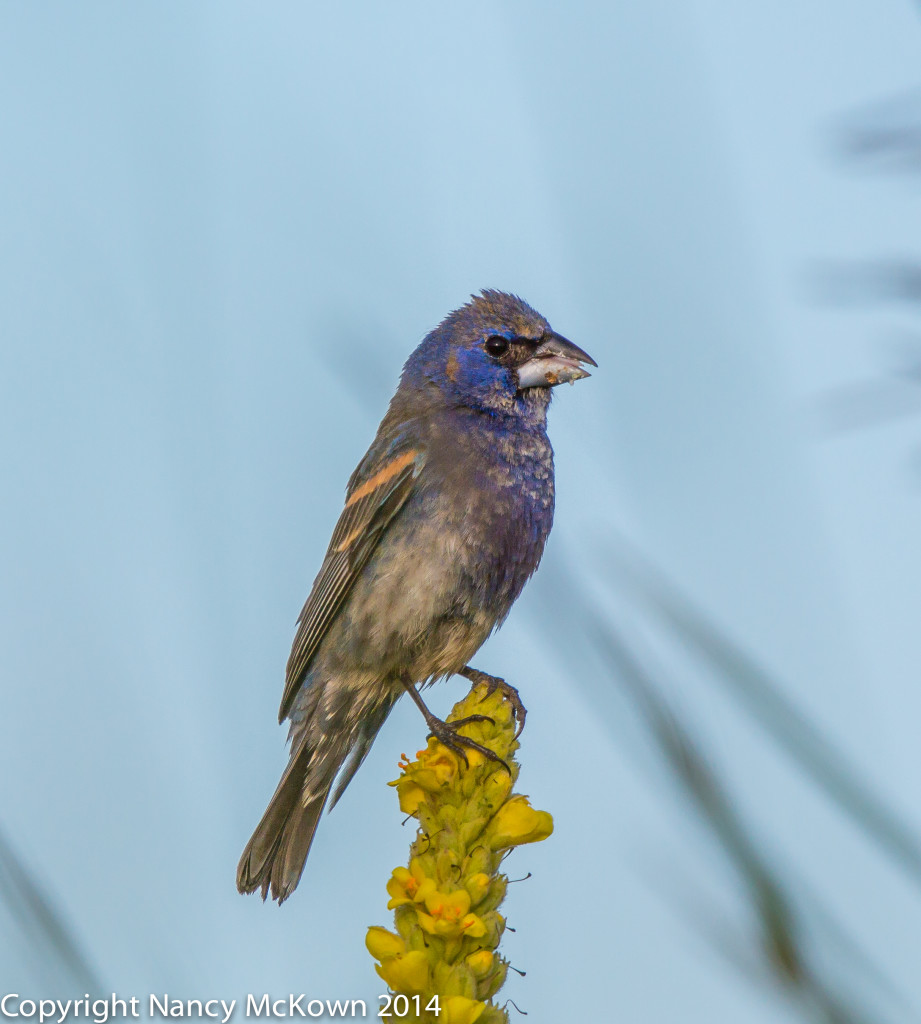
ISO 500; f/9.0; 1/1600 Second
Blue Grosbeaks Nesting Out of Their Usual Range
This is the first time I’ve seen and photographed a blue grosbeak. They are not common birds, even in the southern states, the southwest and southern Mexico where they nest. Blue grosbeaks are long distance migrators, wintering south of the U.S. in Mexico down through Panama. A confirmed Michigan sighting (in the Allegan State Game Area in Fennville, Michigan) is very exciting news indeed.

ISO 250; f/9.0; 1/800 Second
My First Sighting of a Blue Grosbeak
The first time I saw the male blue grosbeak, he was perched on a mullein flower on the west side of the road as I was heading south. The morning sun was mostly behind the clouds, though it did occasional peak out. My camera and 500mm lens were on my lap. Since the bird was closest to the passenger side window, I hurriedly propped the camera up on the bin next to me before stopping the car. I was so excited and fearful of losing the moment, I took the first burst of shots before turning off the car’s engine. The tall grasses around his mullein flower perch were blowing back and forth in front of him, causing the auto focus on my 500 mm lens to work its crazy back and forth search routine. I could hear the image stabilizer (IS) whirring away before I took the shots, no doubt trying to compensate for the movement caused by my fast beating heart.
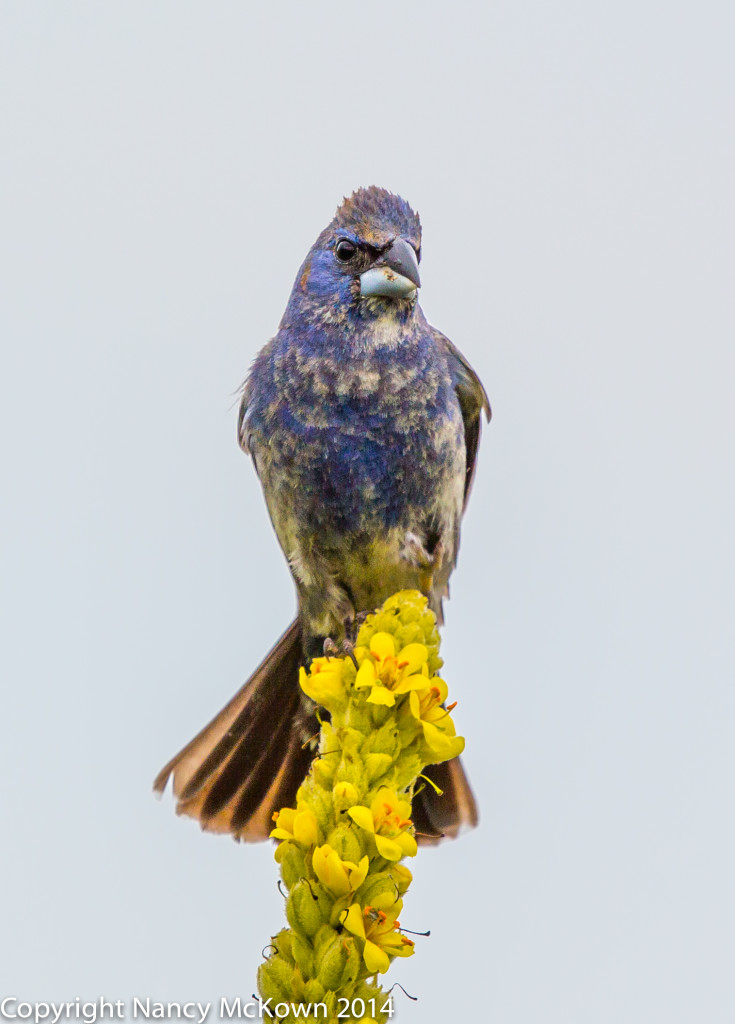
ISO 200; f/9.0; 1/800
Day Two – Photographing Blue Grosbeaks
John and I went back the next day, hoping to again spot and photograph the male and female blue grosbeaks. The sun stayed behind thick clouds most of the morning but the wind was less fierce. We waited three hours and were rewarded with a couple sightings. The female made an appearance for a very short time, but she chose to nestle within the flowers and grasses, making it very difficult for my lens to achieve a sharp focus. The male appeared on the very same mullein flower, but did not stay long.
All in all, searching for and finding new birds is a very gratifying experience. I hope to go back again this summer to photograph the female and perhaps a juvenile blue grosbeak.
To read more about “bursting” to capture the action, see this post.
To read more about image stabilizers, see this post.
